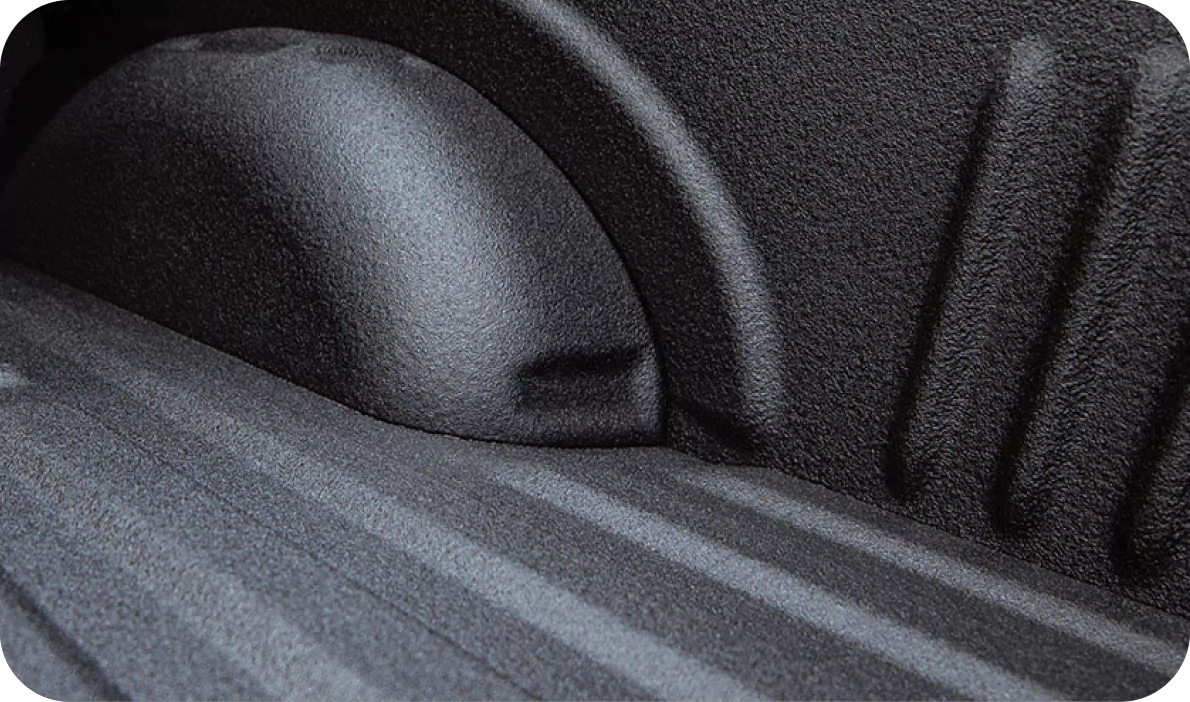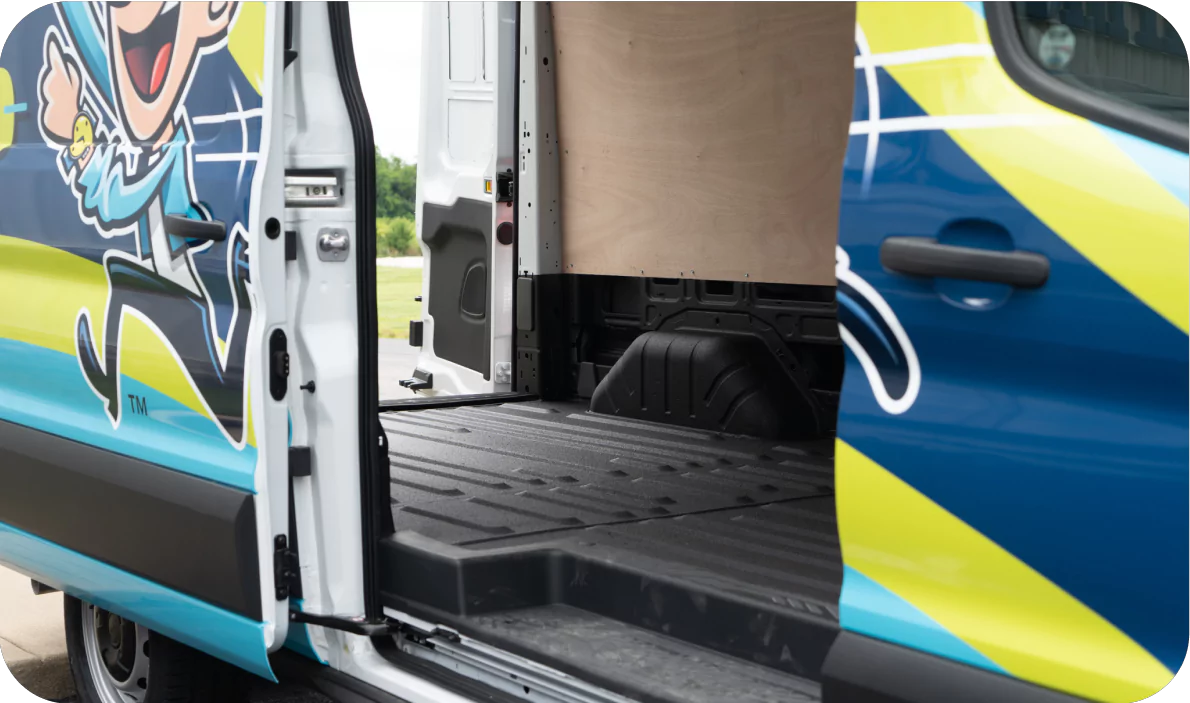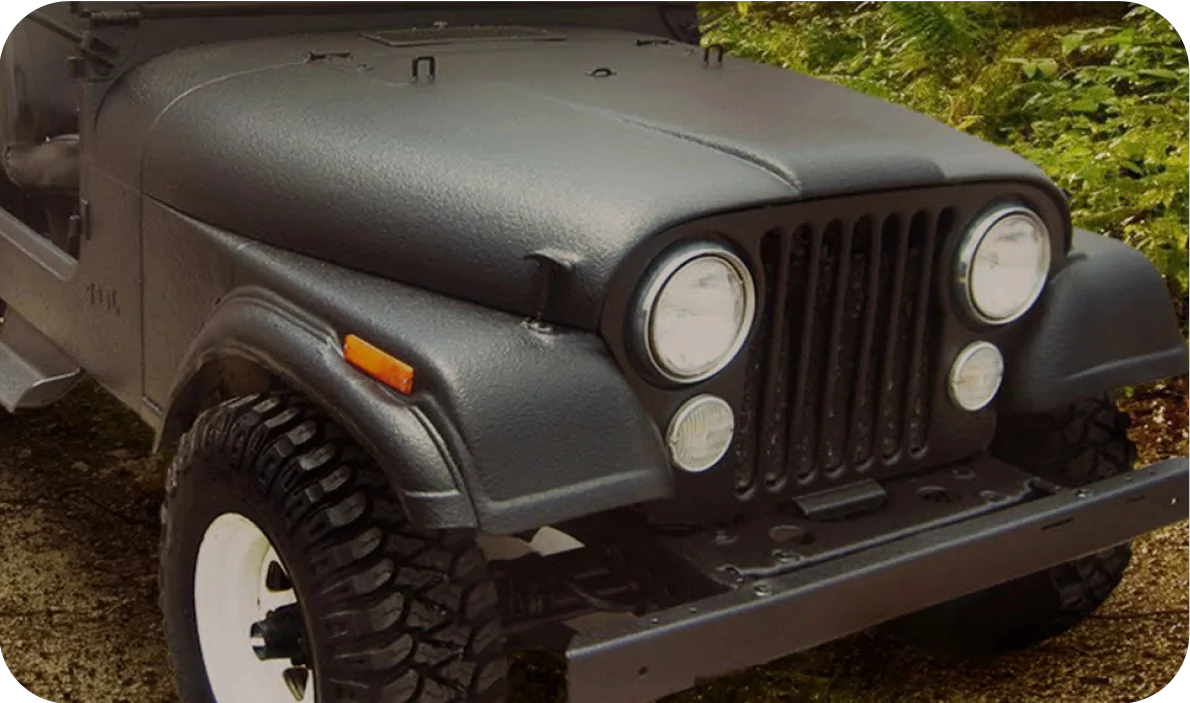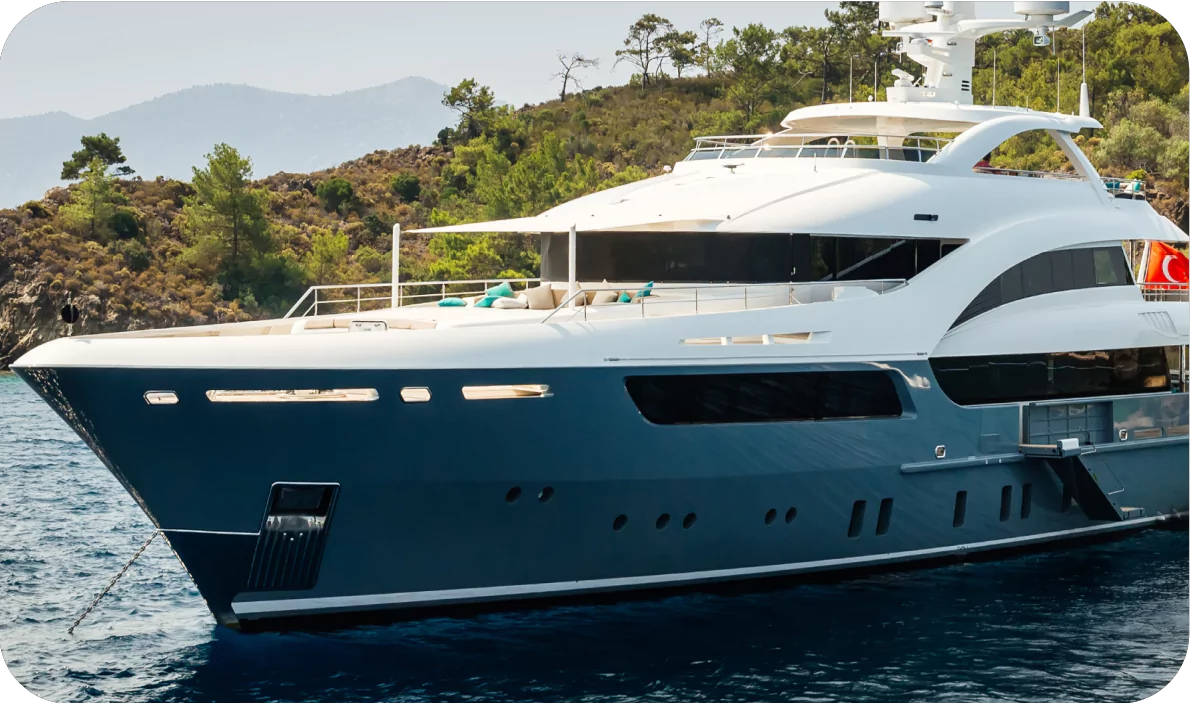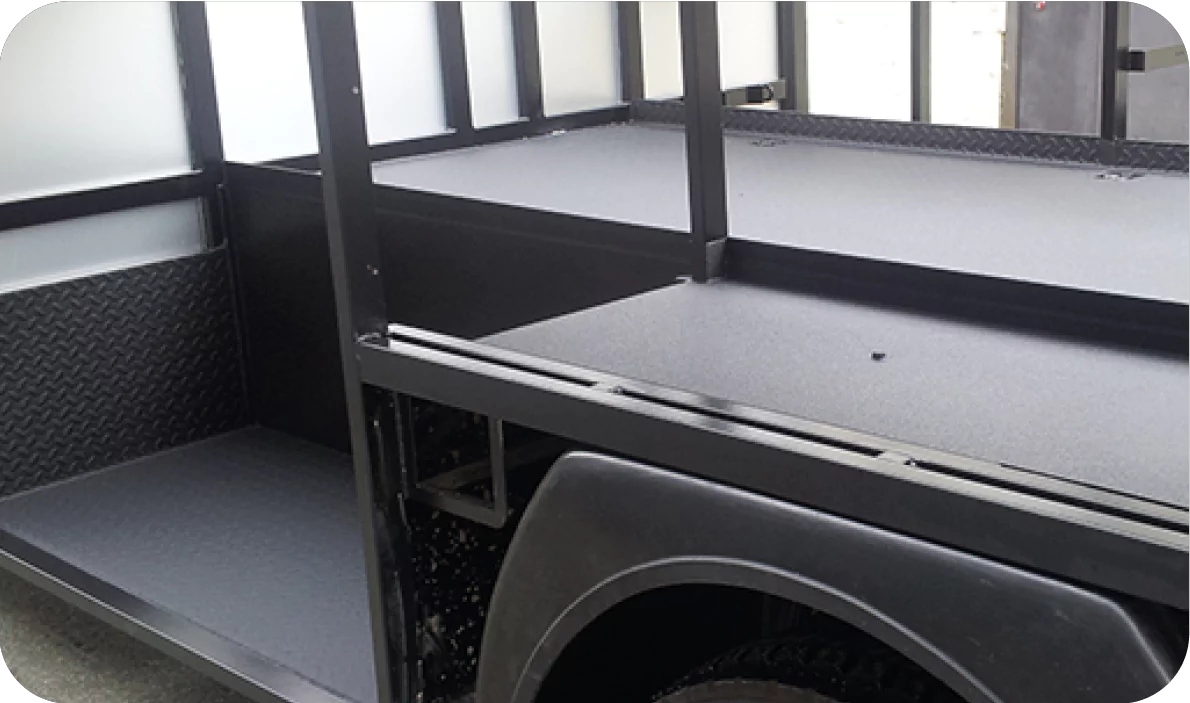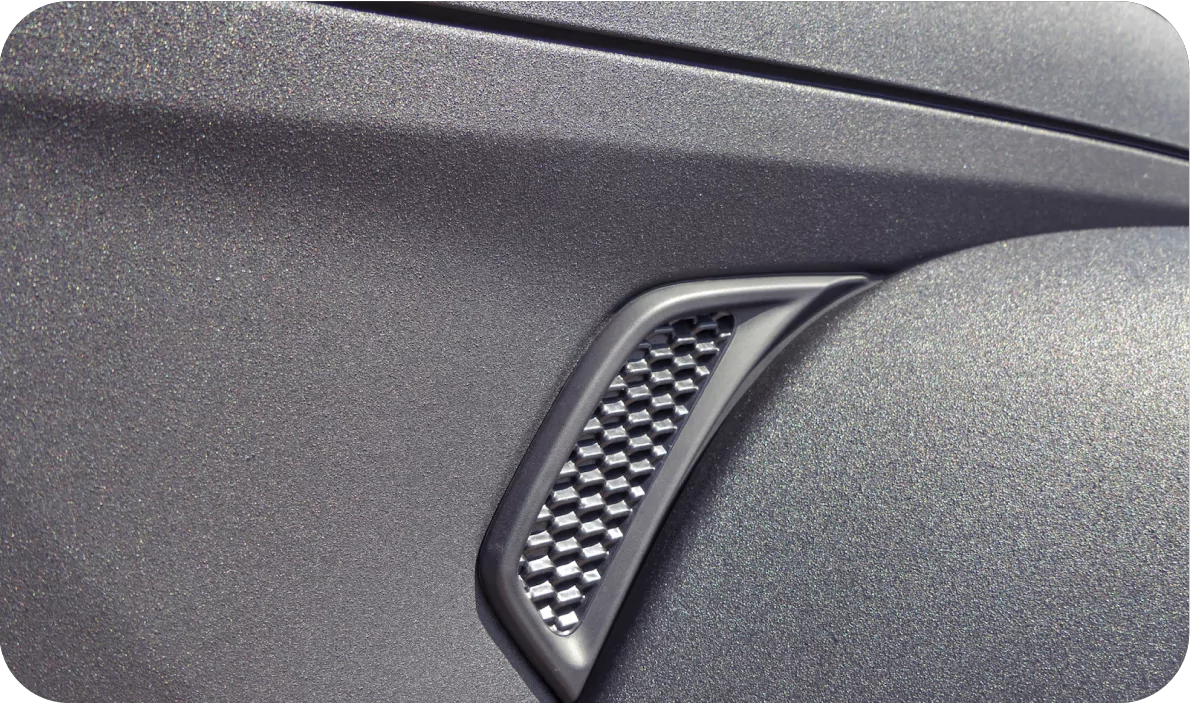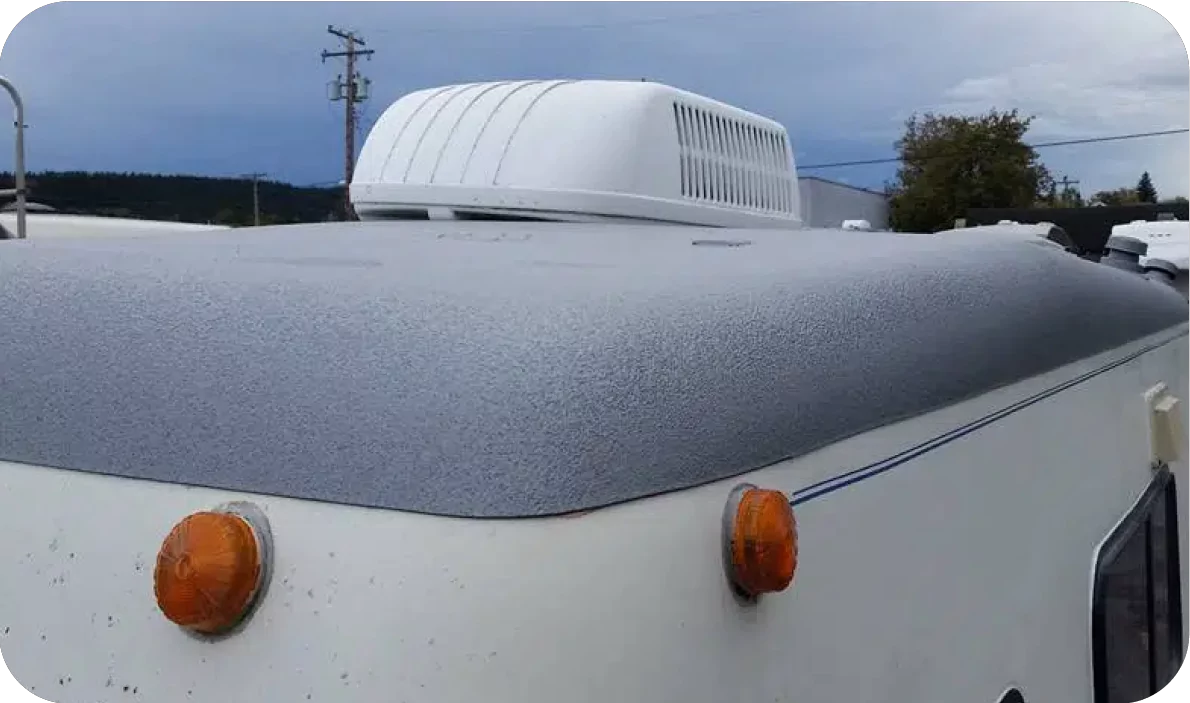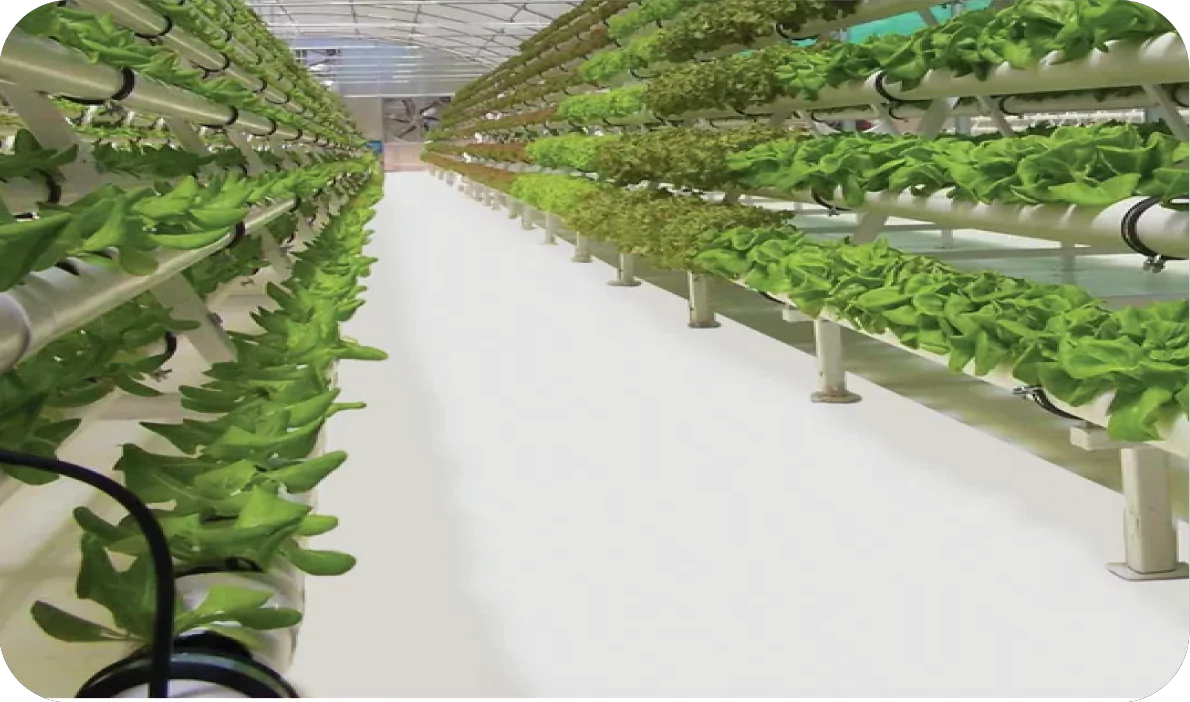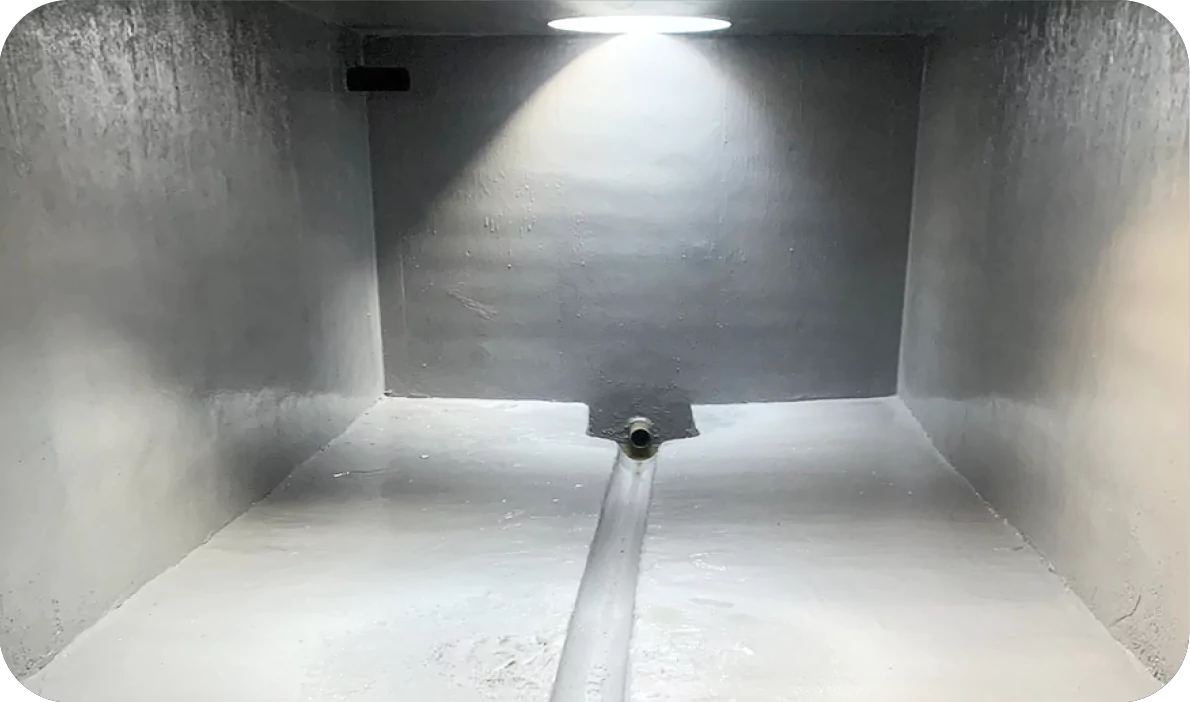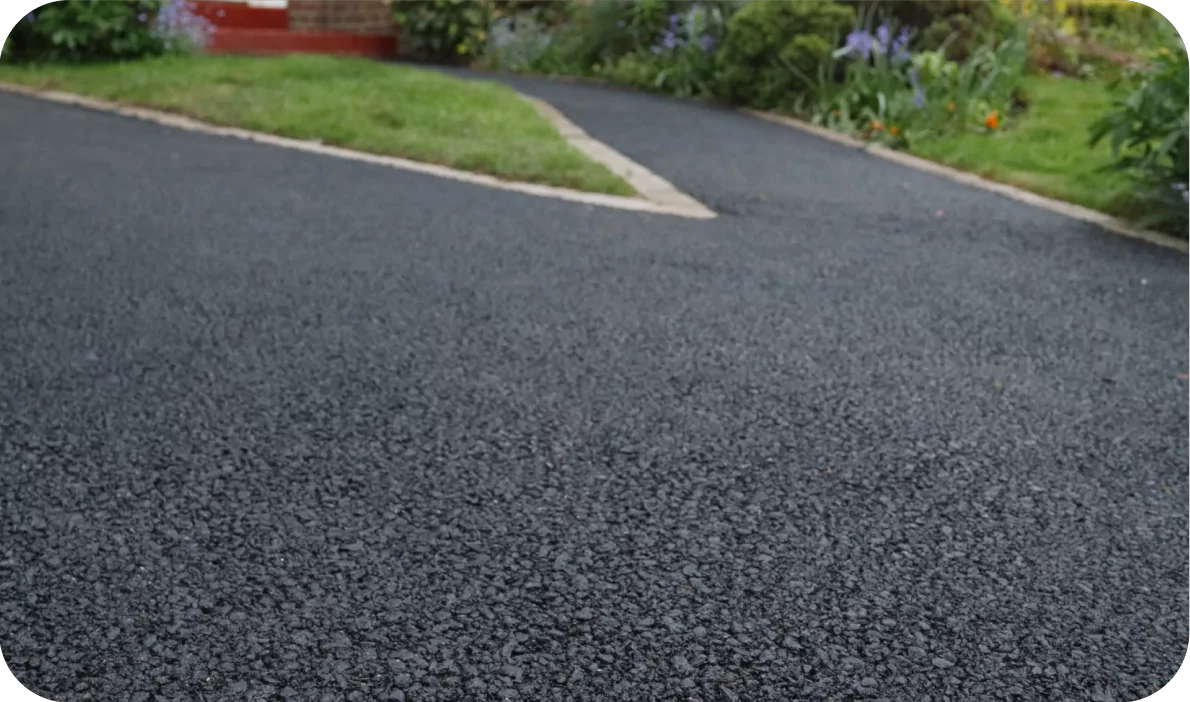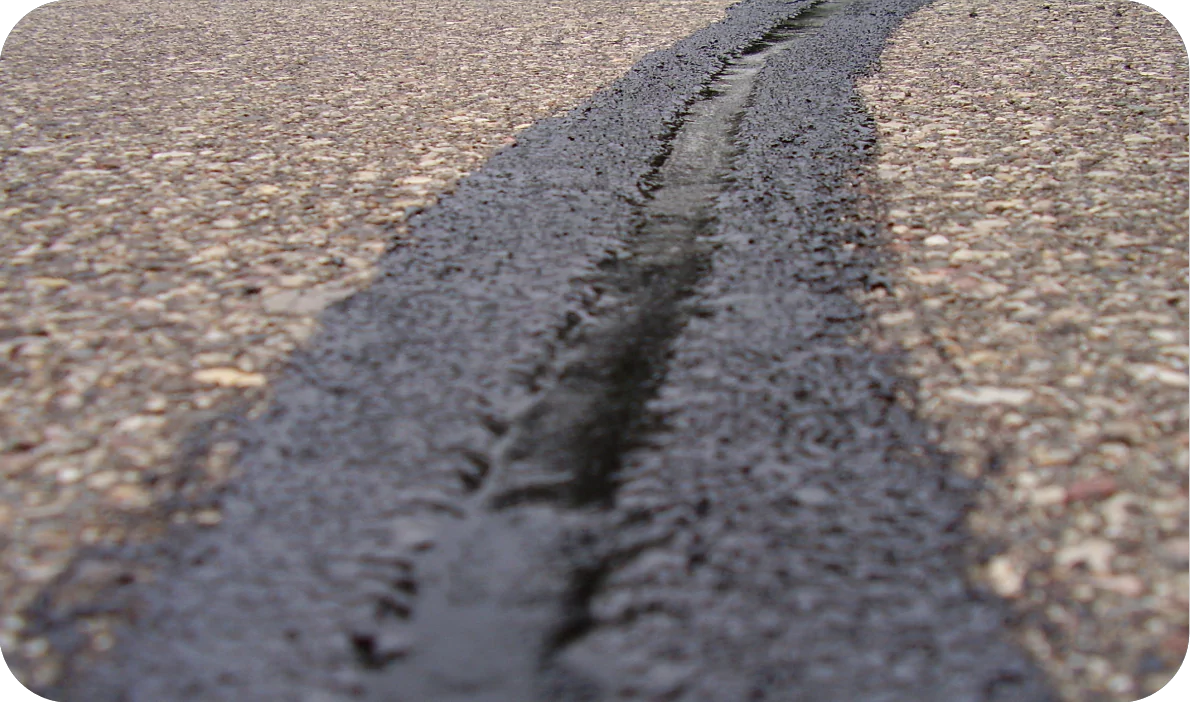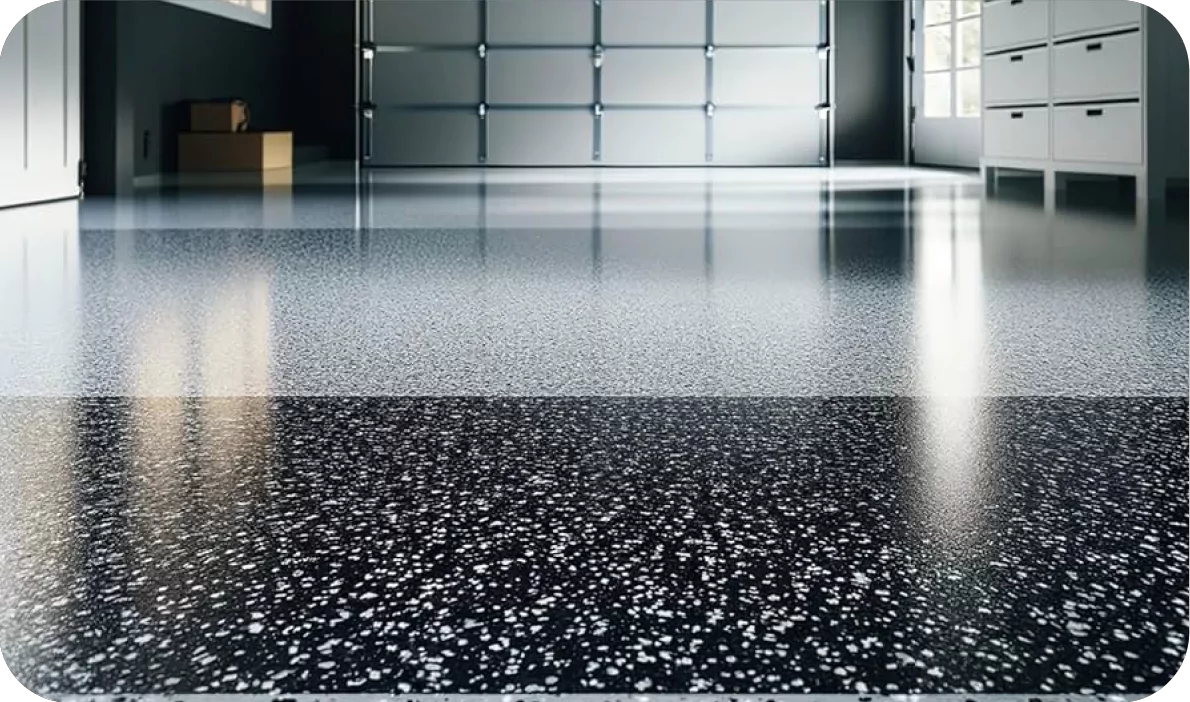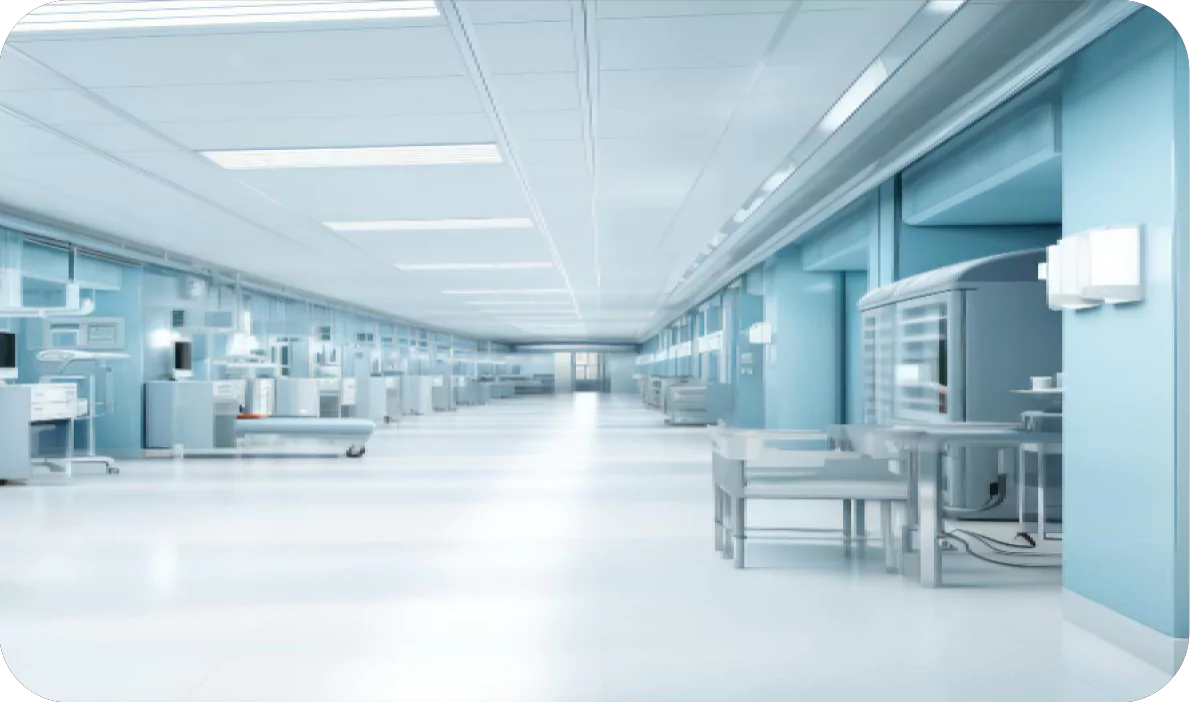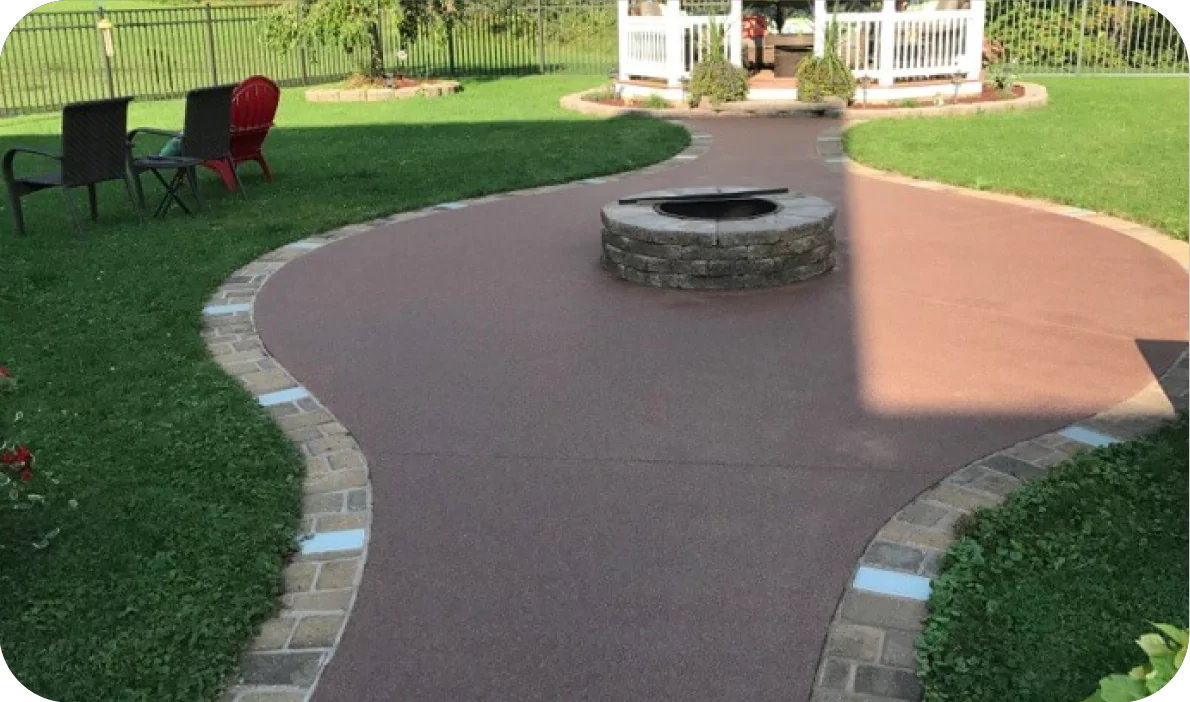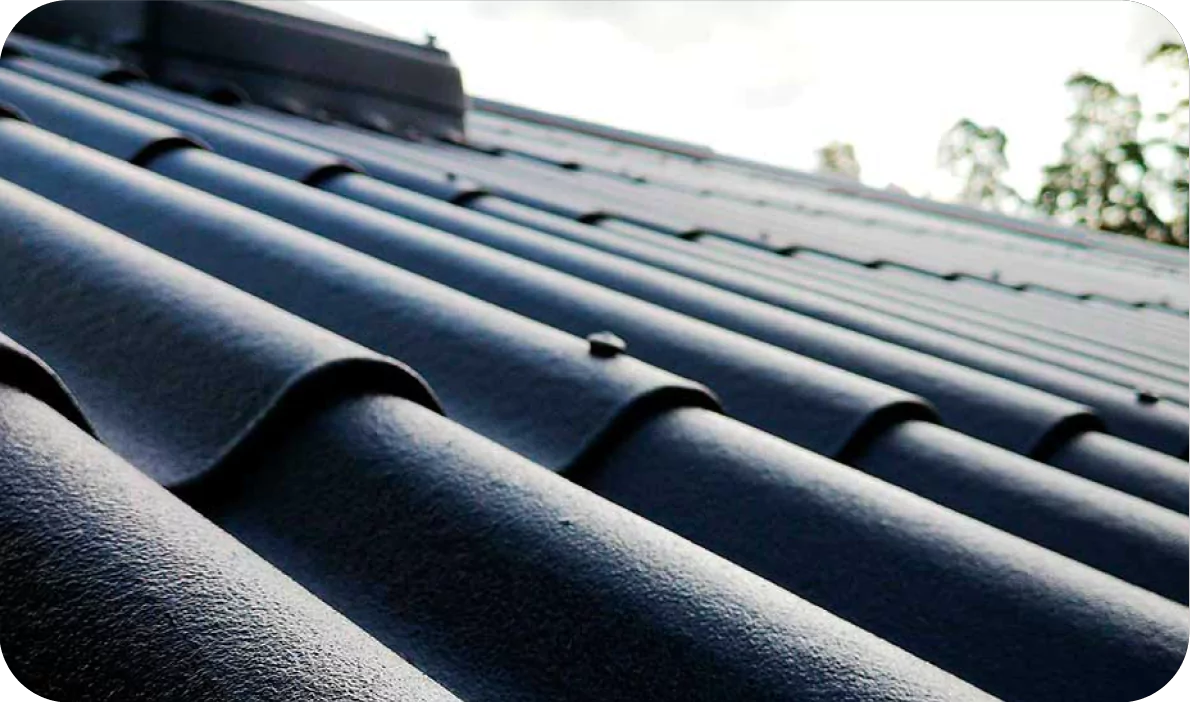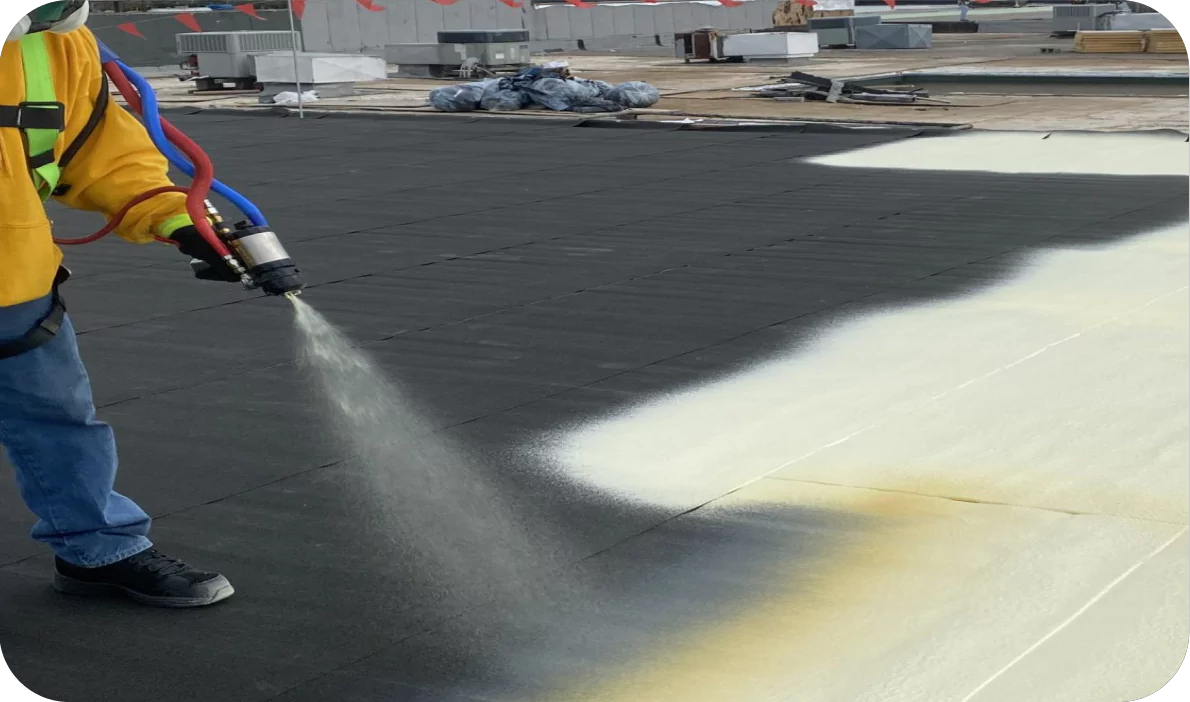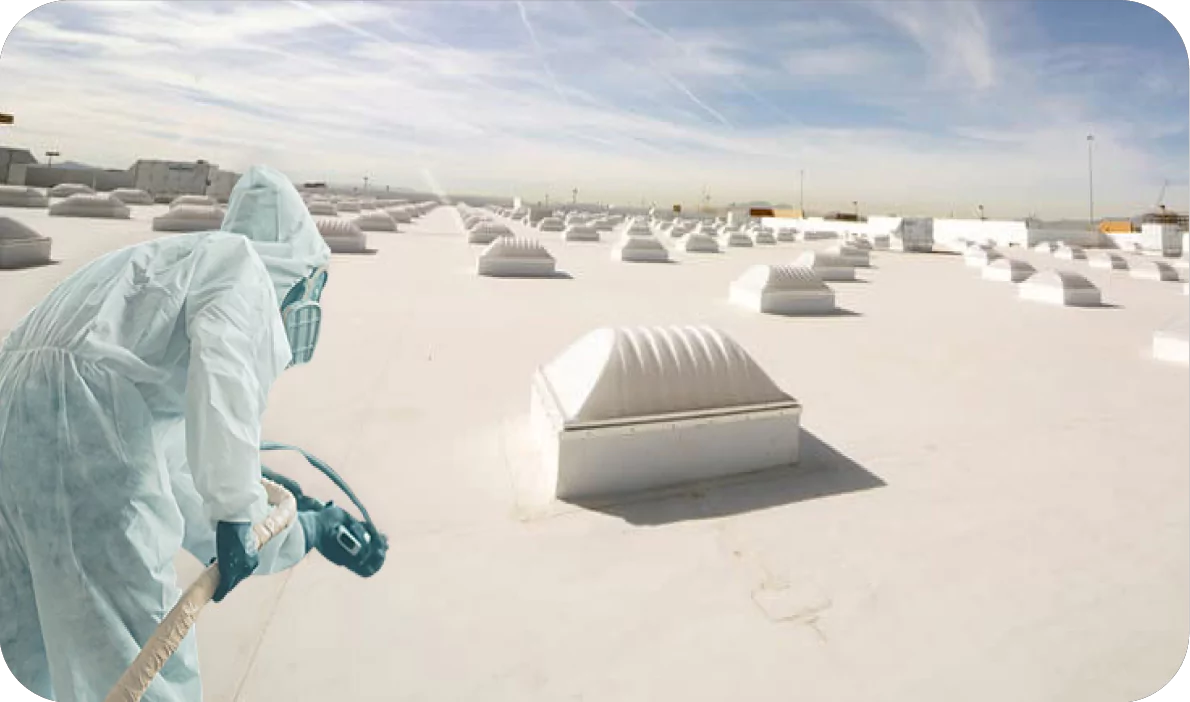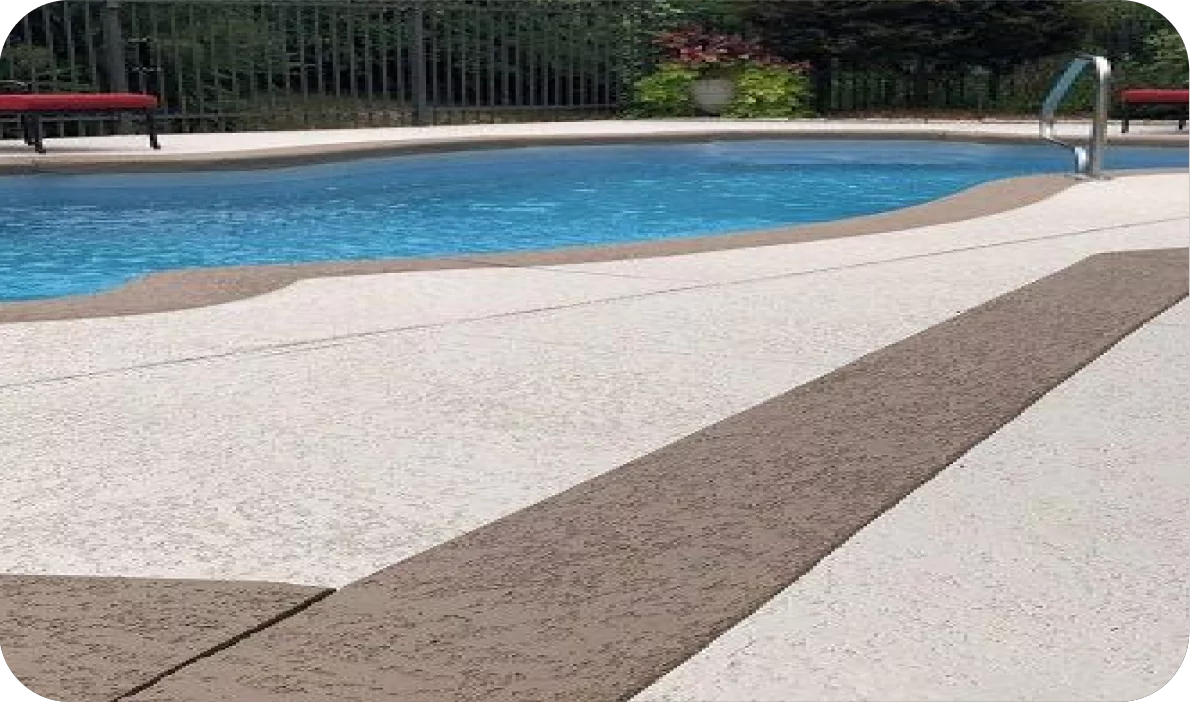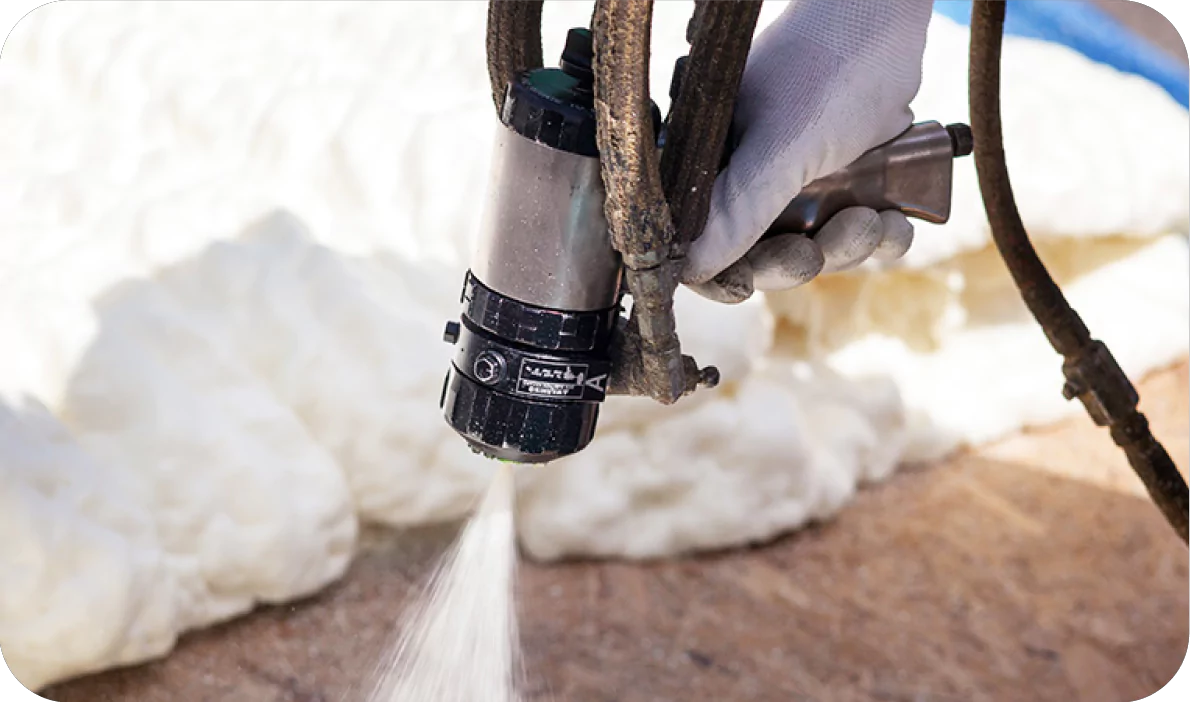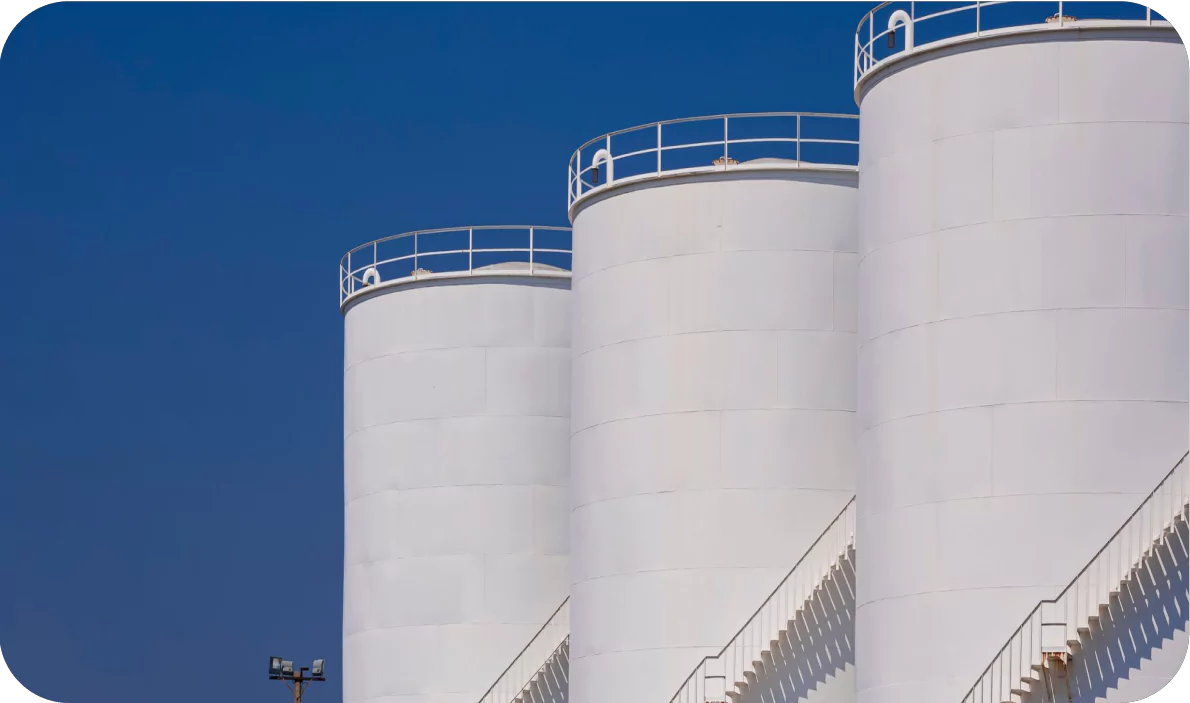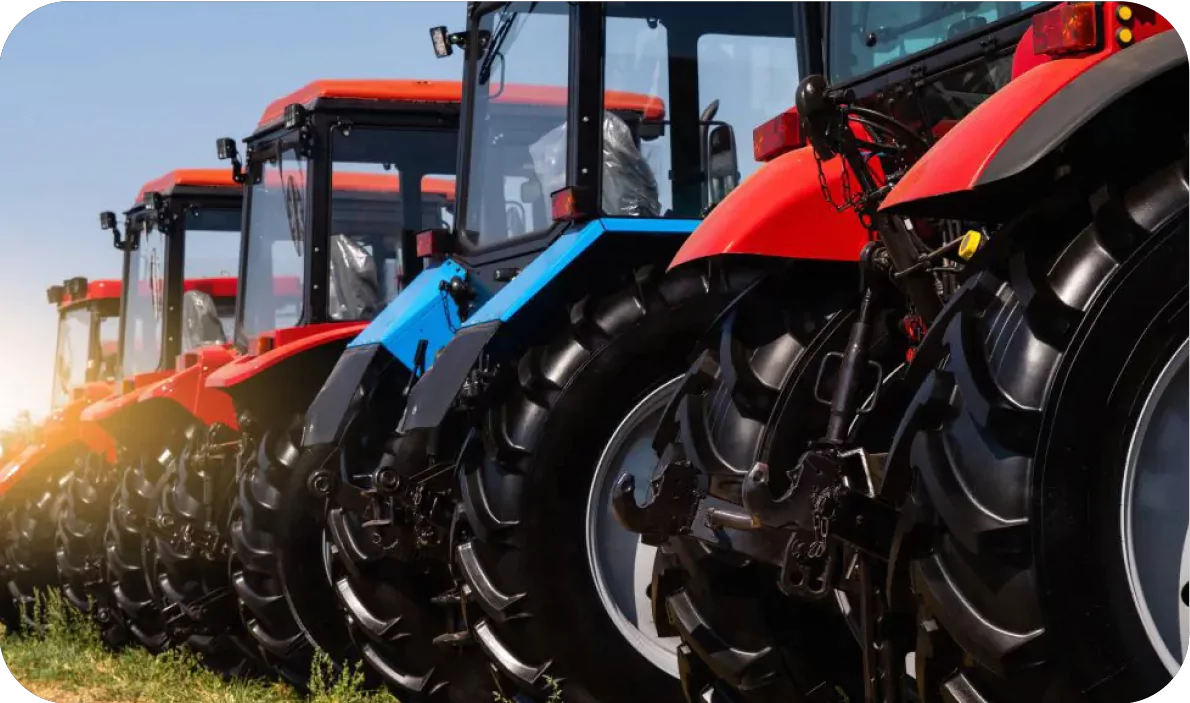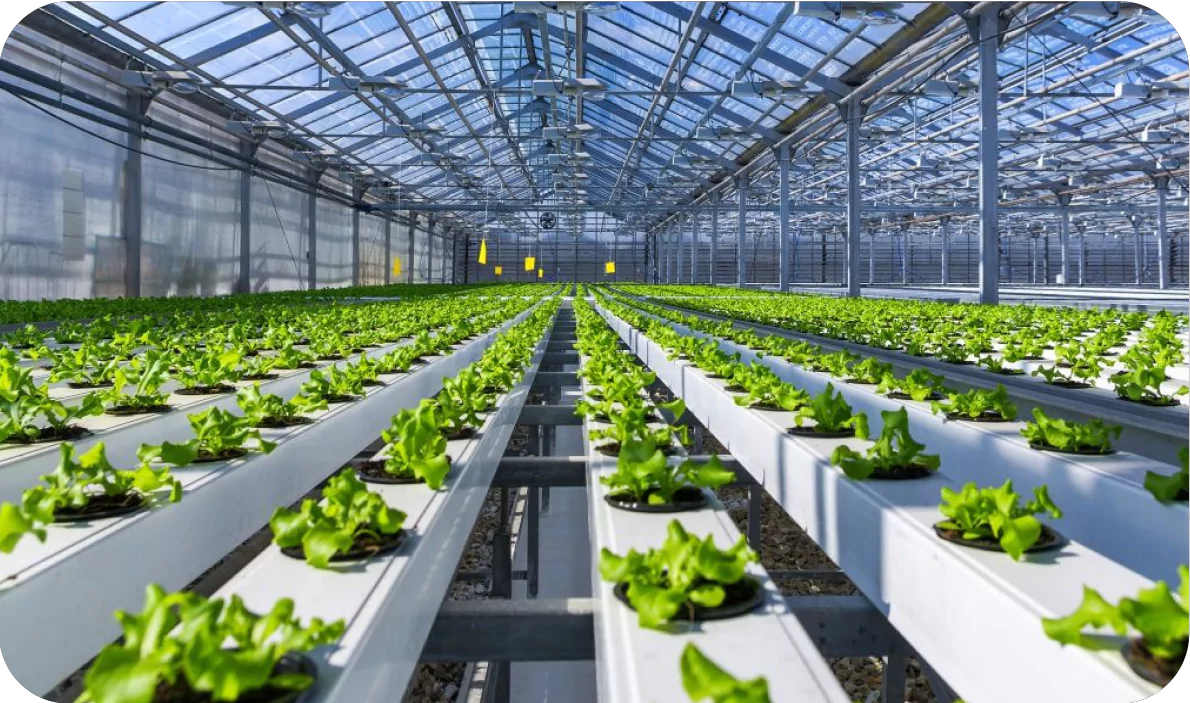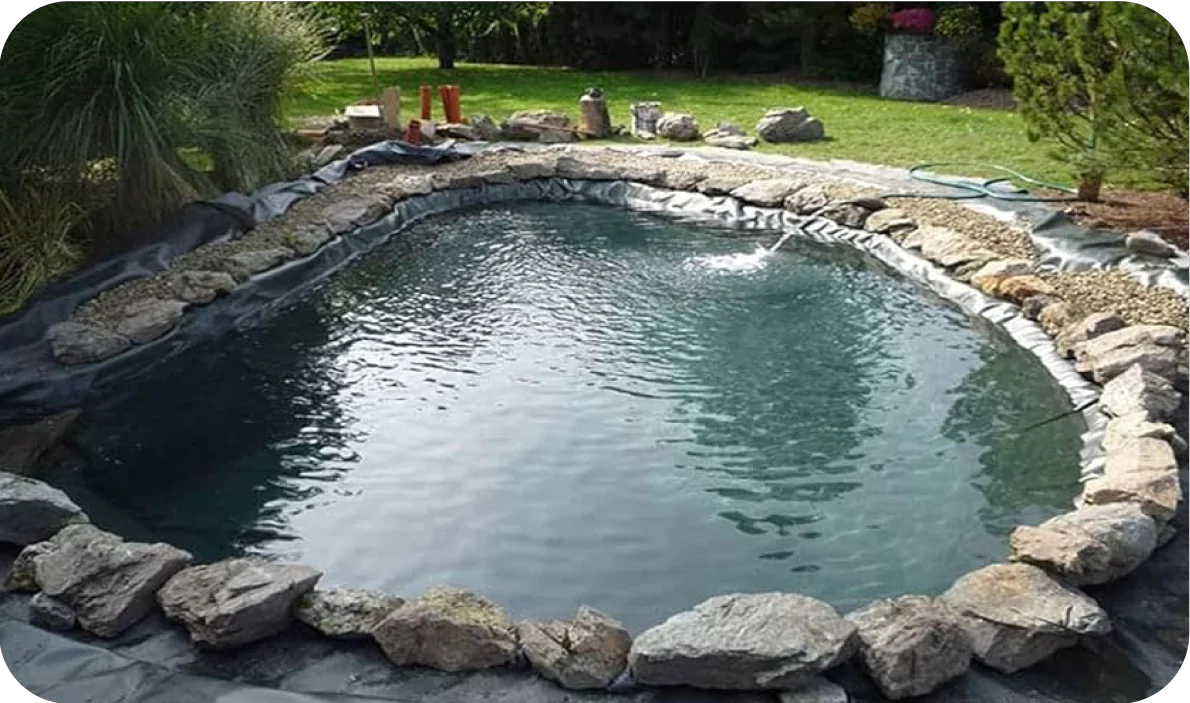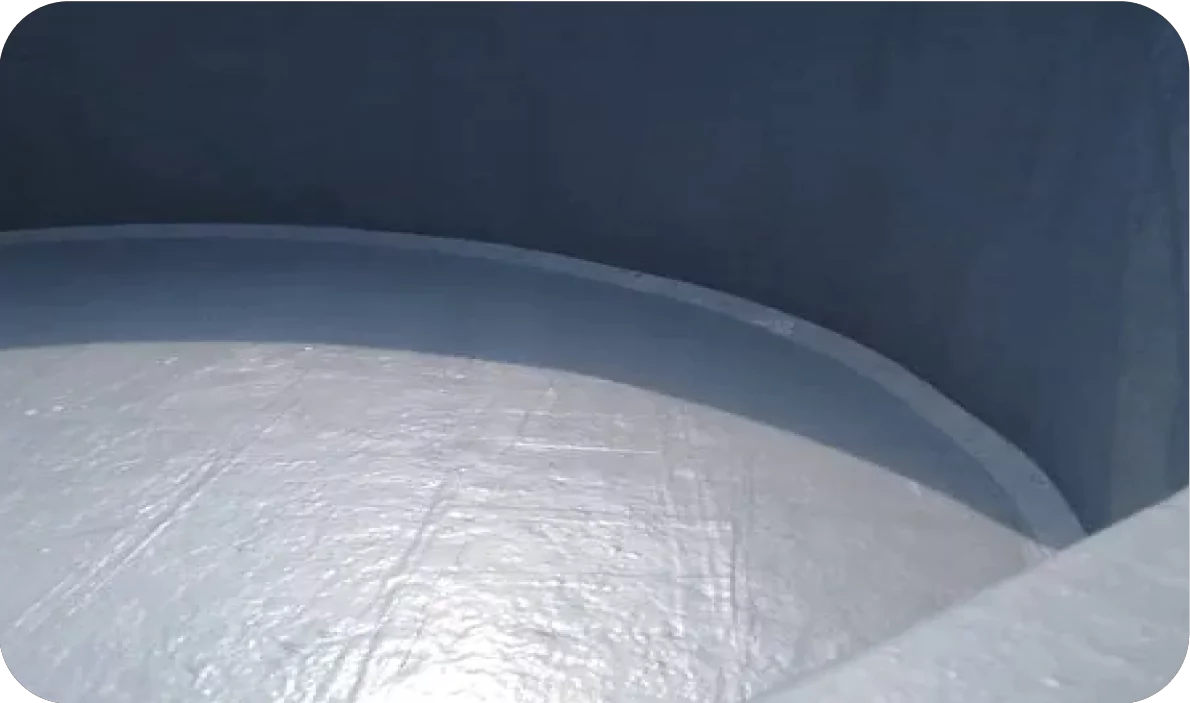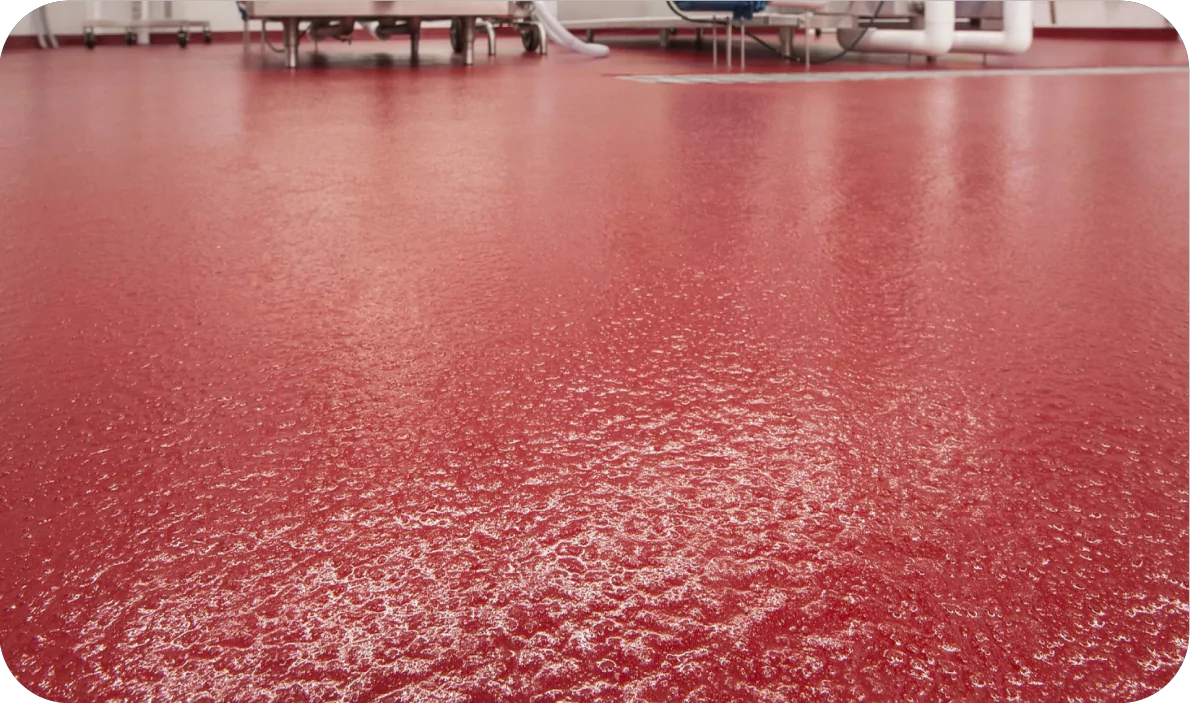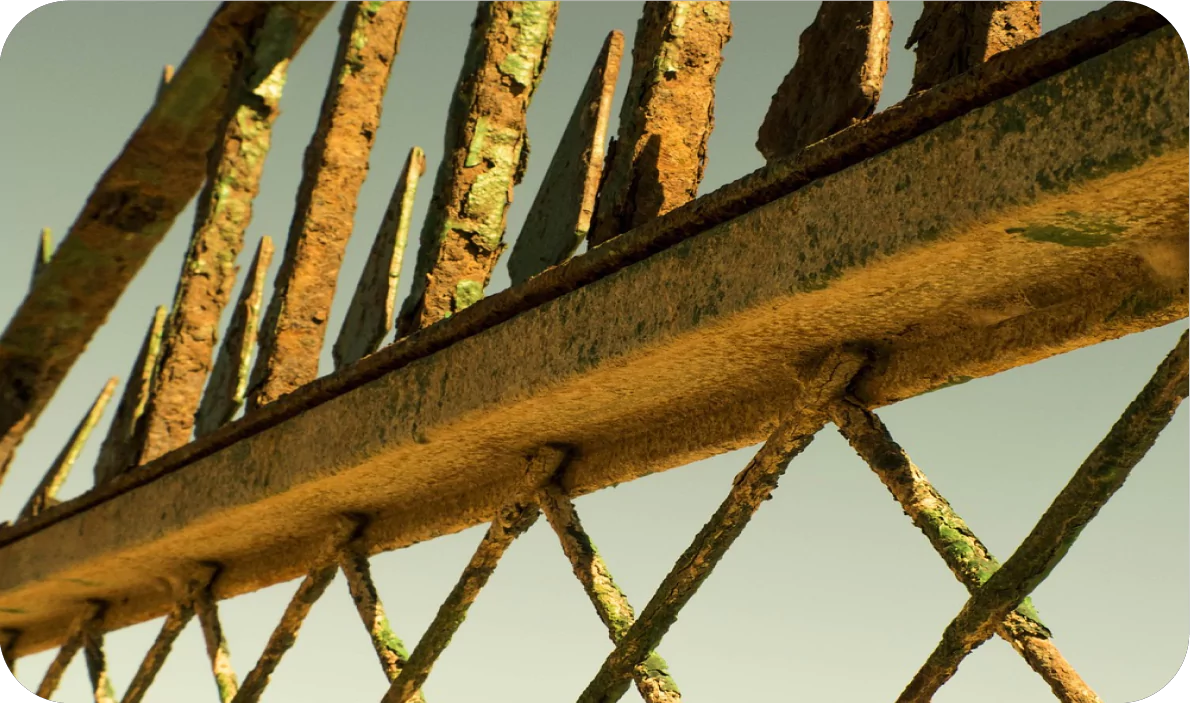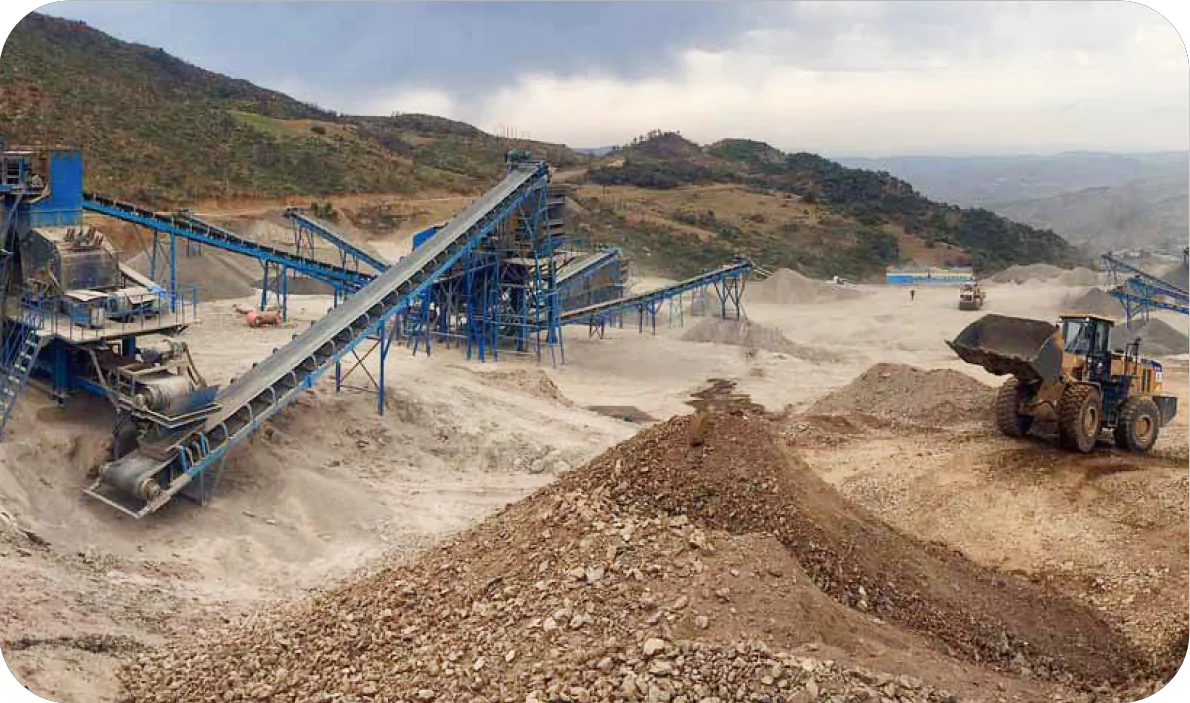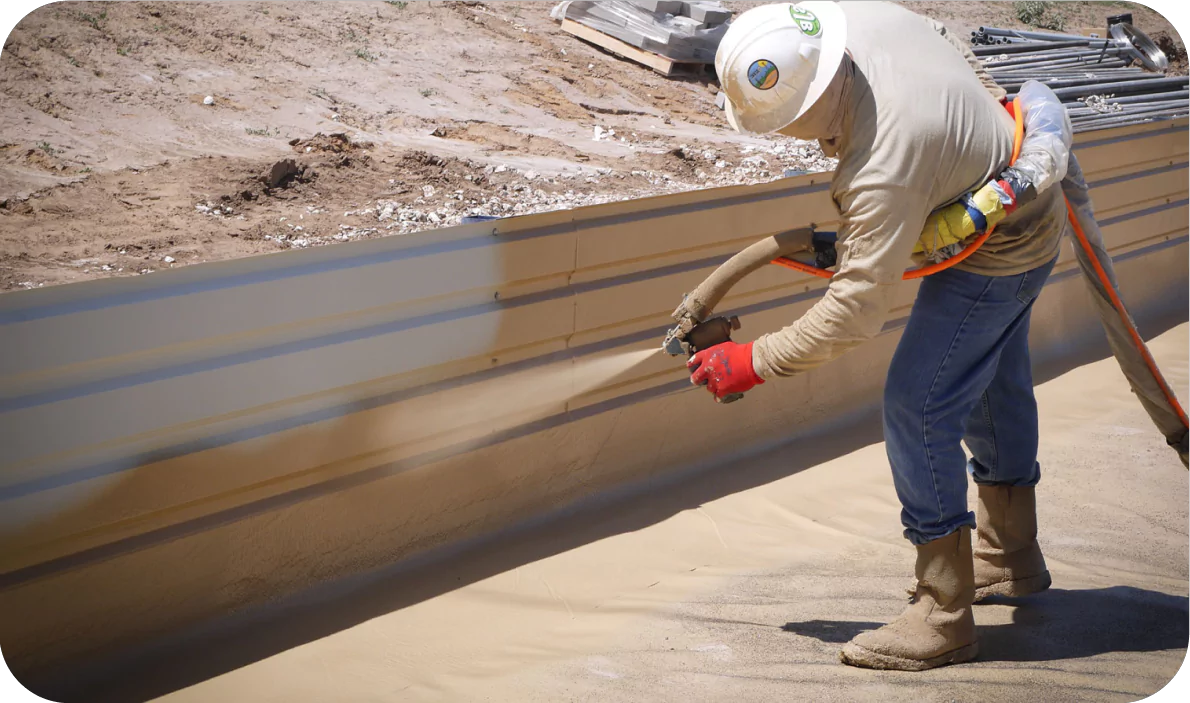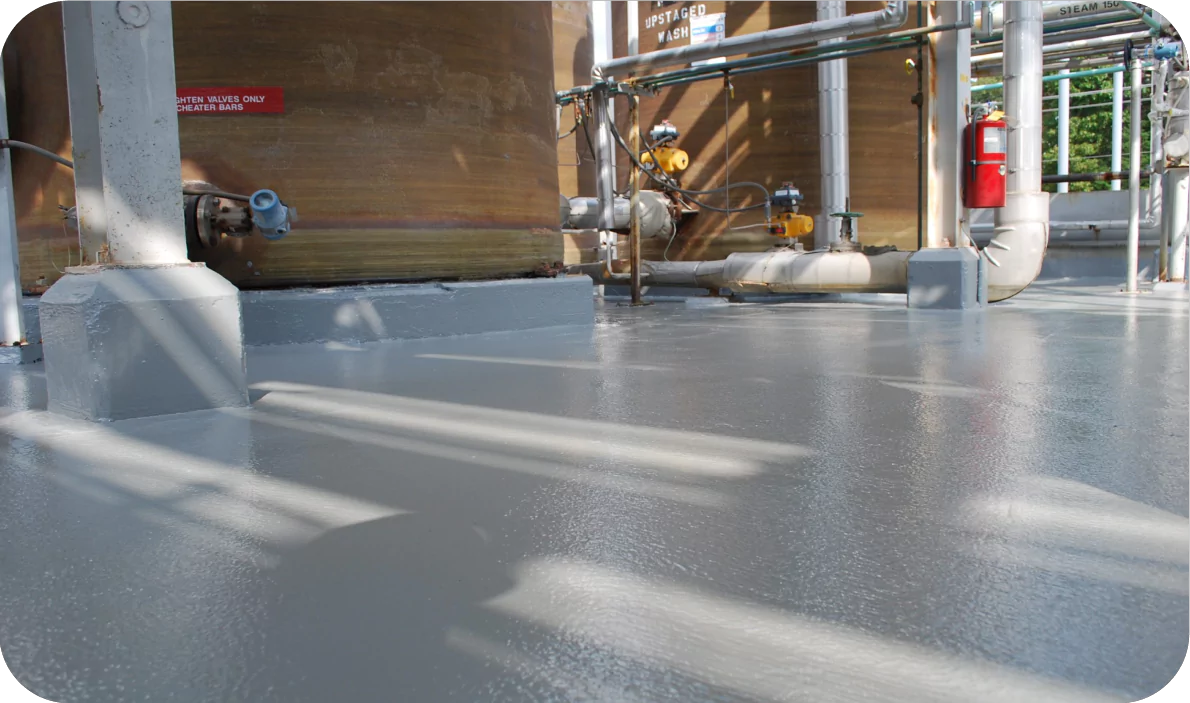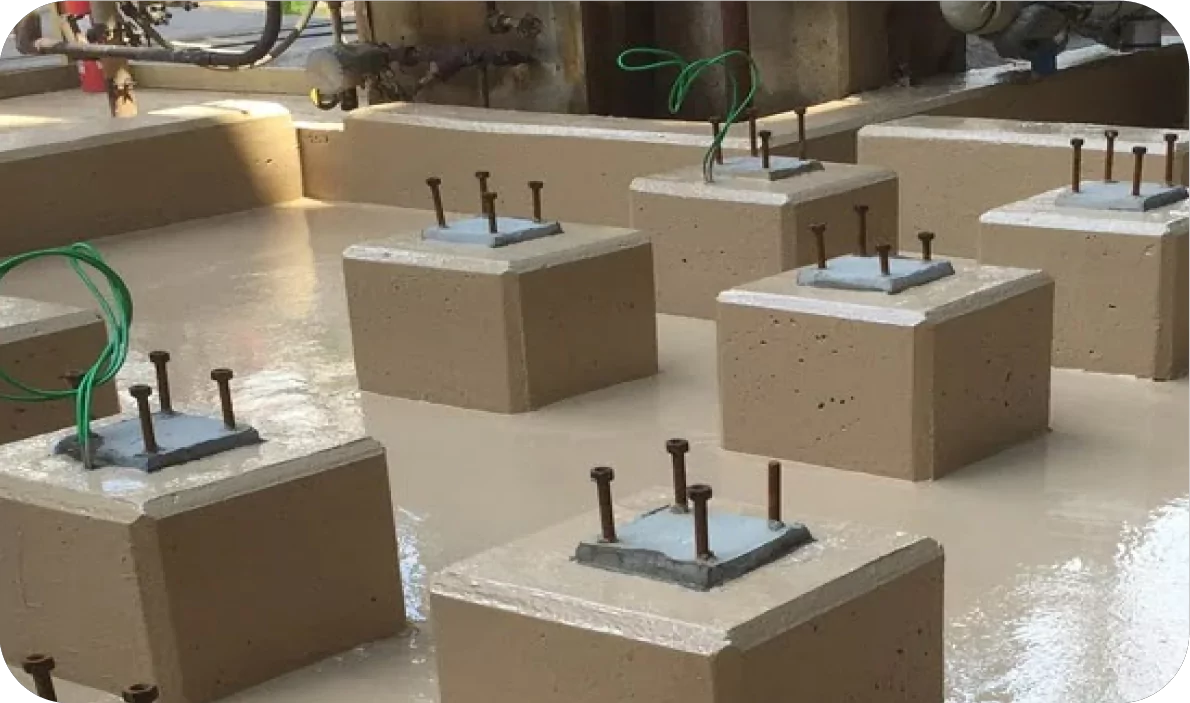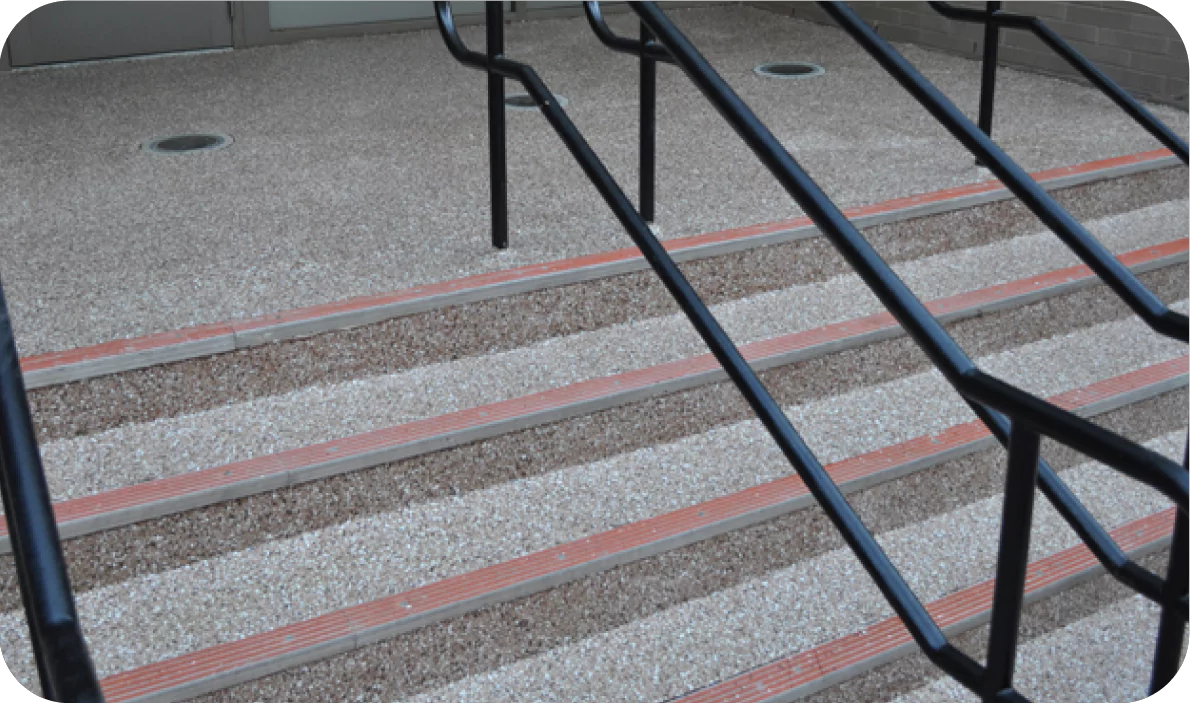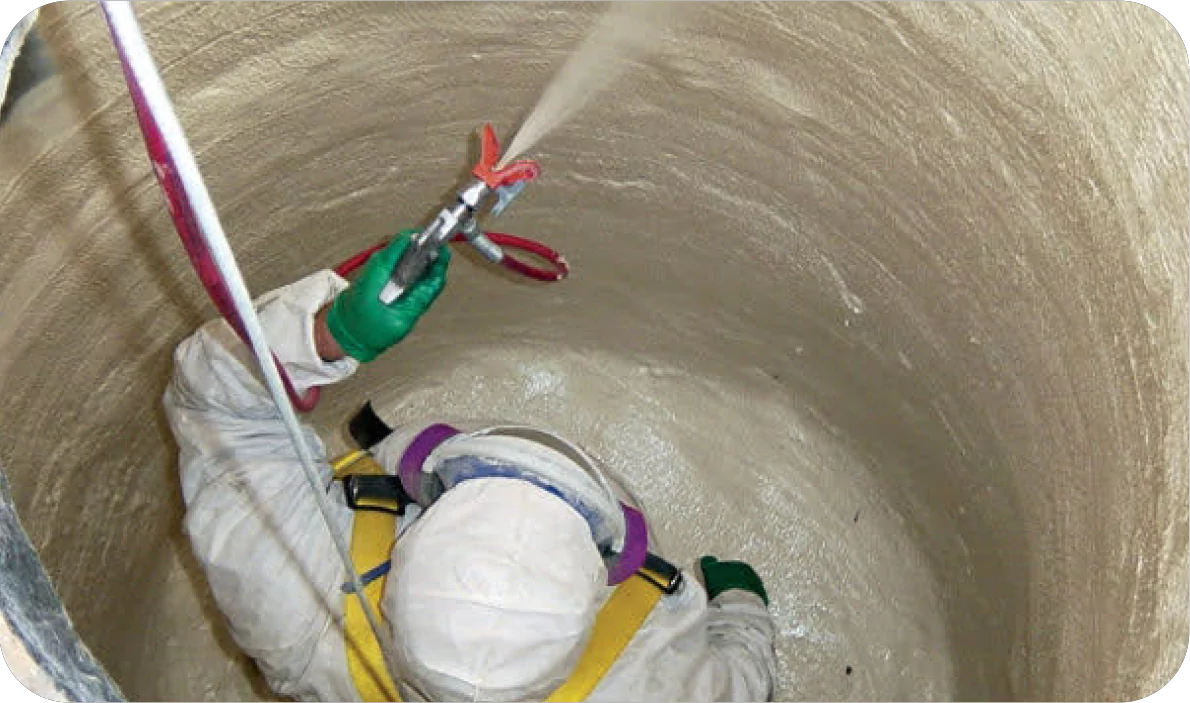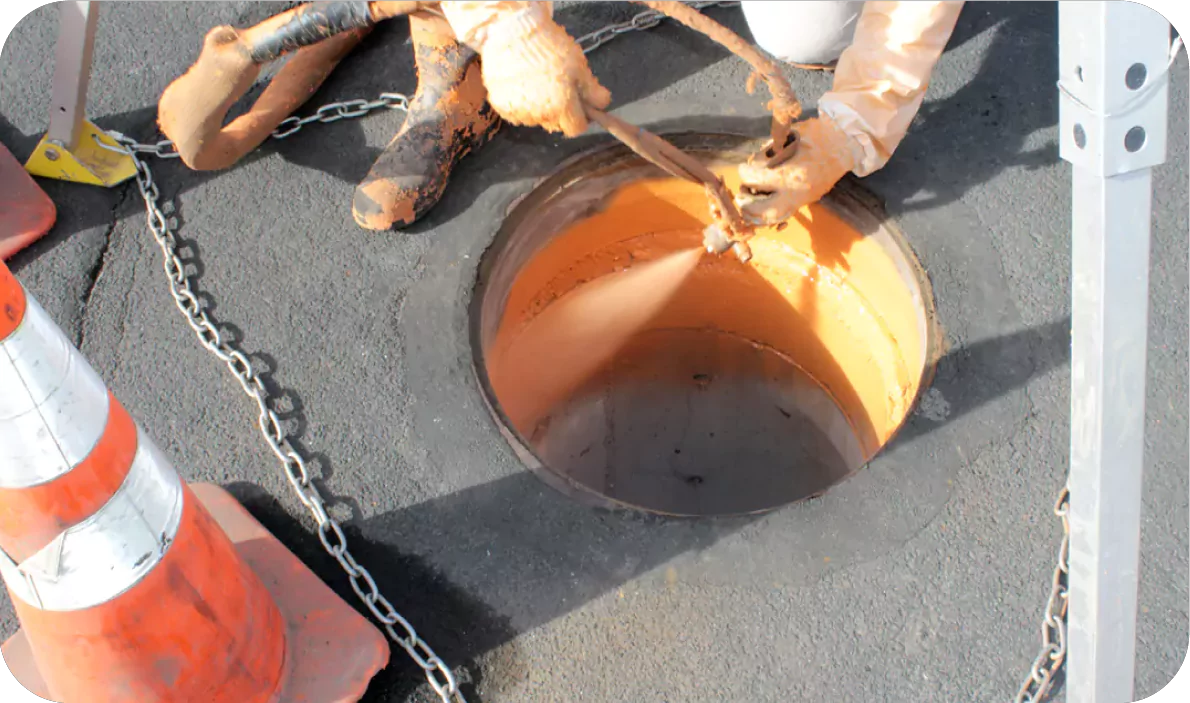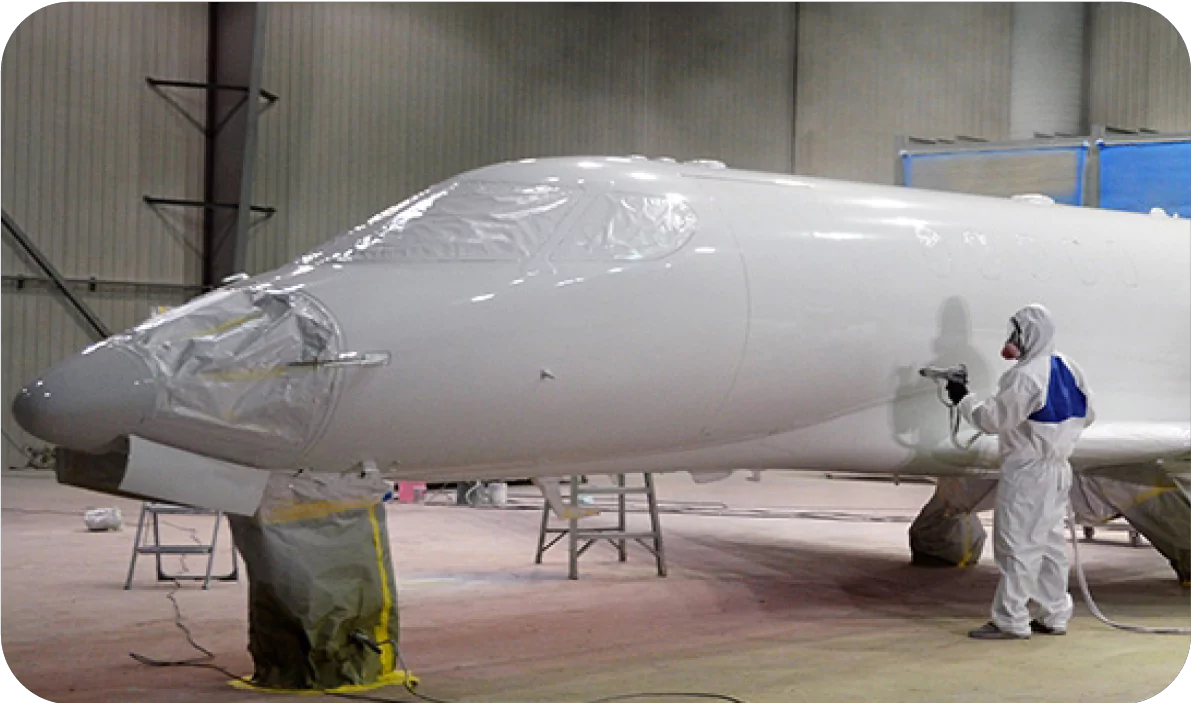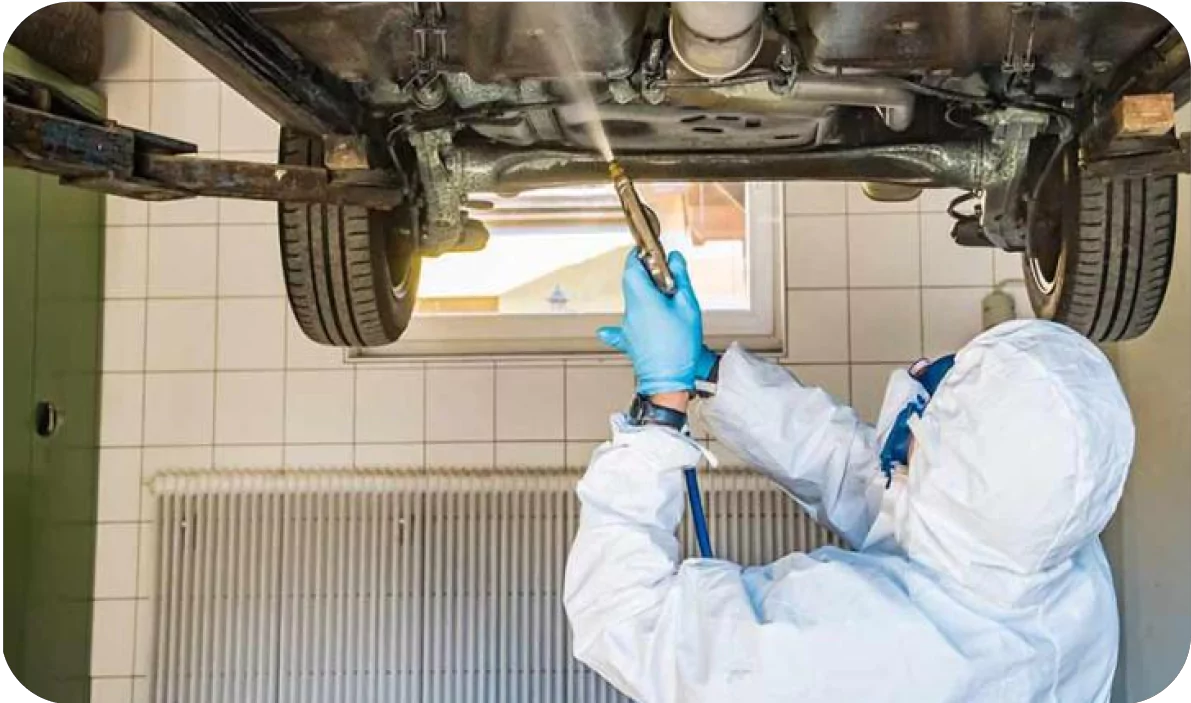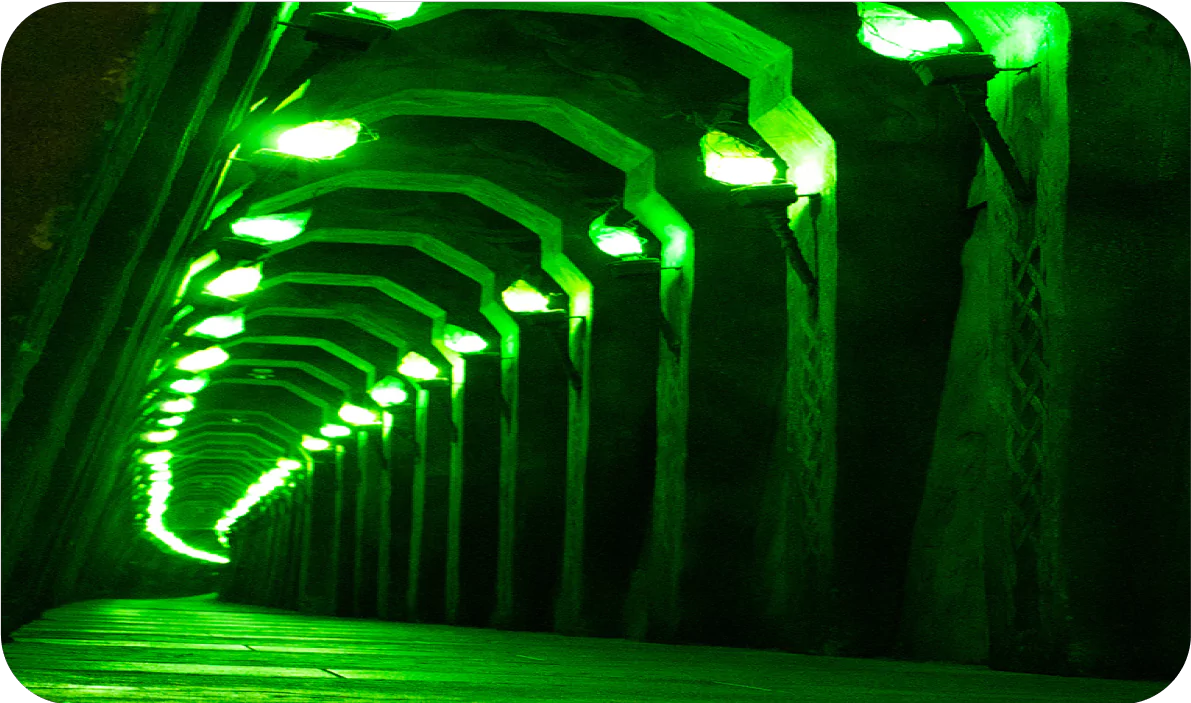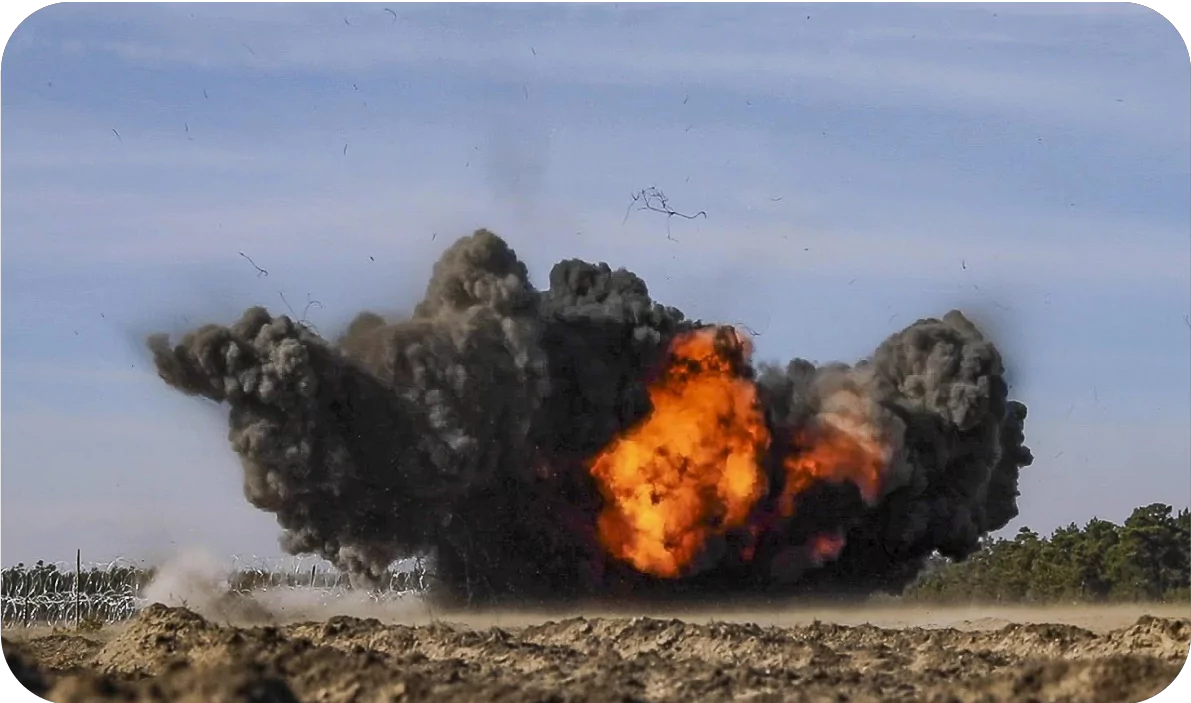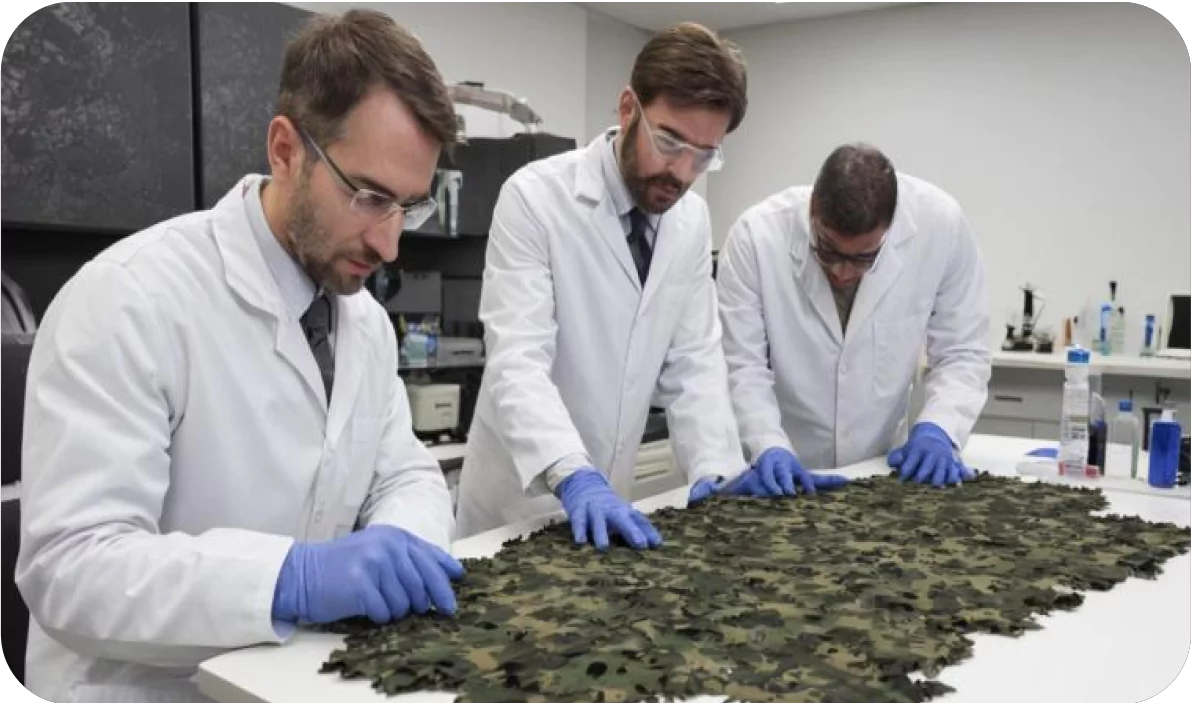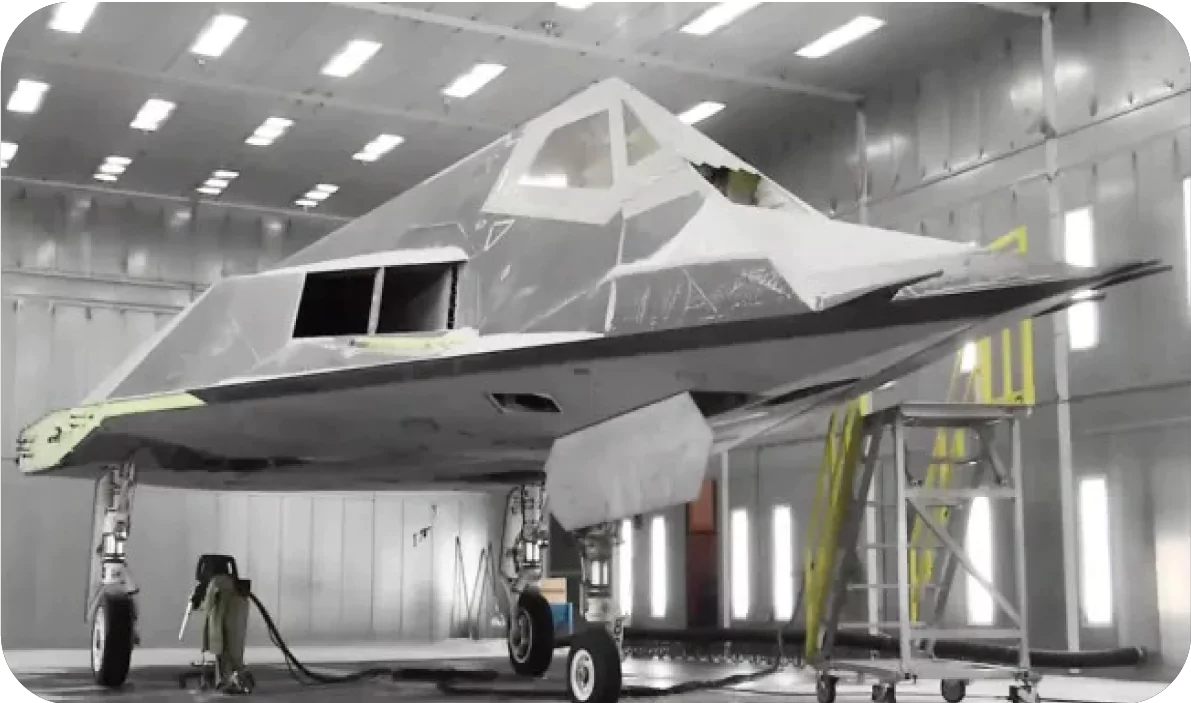A LOOK AT THE GLOBAL POLYUREA MARKET
THE GROWING DEMAND
FOR POLYUREA
Humans have been using protective coatings for all of recorded history; early humans used natural substances like beeswax or tar to protect their homes, tools, and even boats. Starting in the 20th century, synthetic coatings were developed and manufactured at scale, which saw rapid adoption that has continued until today. At present, the global paint and coatings industry has an estimated value of nearly $200 billion, with the industrial coatings market constituting more than half the total value. The coatings market is expected to see continued expansion, with the majority of the growth consolidated into several of the best and most widely used coating technologies. Polyurea is one such coating, thanks to its combination of high versatility and exceptional resistance to both physical and chemical stress.
THE GLOBAL POLYUREA MARKET
Polyurea is used worldwide as one of the toughest, high-performance protective coatings on the market. Its high flexibility of formulation, application versatility, and exceptional resistance to weathering and abrasion have seen it become a leading coating solution. Used in almost every industry for countless different applications, the global polyurea market can be broken down into several key segments:
The global polyurea market is segmented based on:
- Raw materials used to produce the product
- Major polyurea producers and competitive strategy
- Geographic regions
- End-user application segments
- Application technology
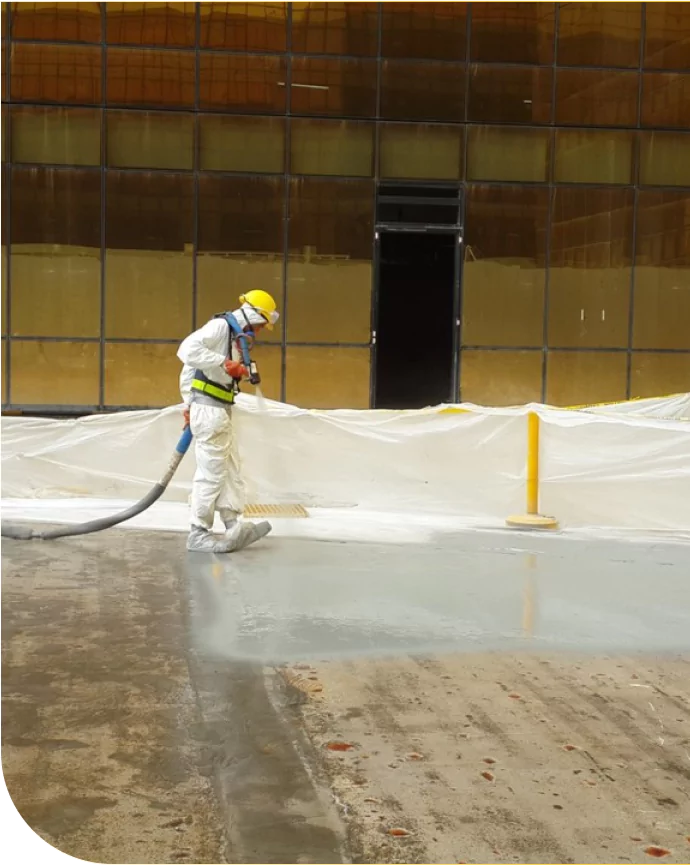
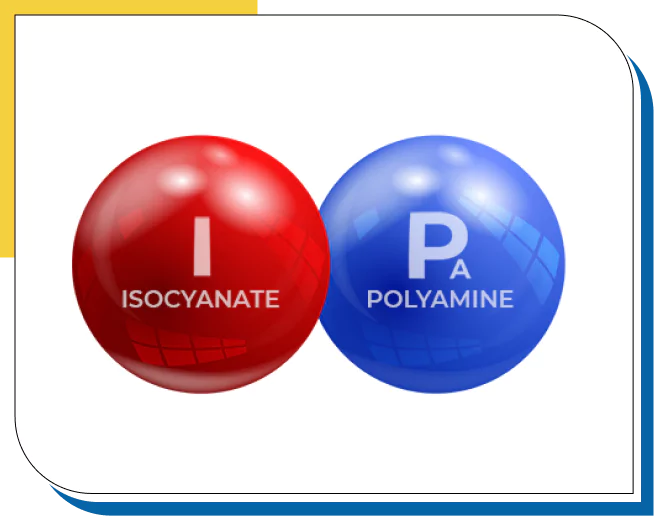
RAw MATERIALs
As simple, two-component systems, polyurea requires few raw materials compared to other coating technologies. Between aliphatic and aromatic polyurea, aromatic formulations capture more market share. This is because aromatic formulations are more cost-effective, and tougher than their aliphatic counterparts. Aromatic polyurea is perfect for everything from boat hulls to heavy machinery, and is widely considered the de facto polyurea solution. However, aromatic polyurea is susceptible to UV degradation, unlike aliphatic polyurea which can withstand harsh UV exposure without discoloration or structural failure.
MAJOR POLYUREA PRODUCERS
AND COMPETITIVE STRATEGY
Polyurea manufacturing is highly distributed, with many large and small players alike involved in the production of a variety of polyurea products. This ranges from chemical giants like BASF, to specialized coatings experts like ArmorThane, who are entirely dedicated to polyurea products and services. Here are a few more of the industry’s largest players:
- BASF, Teknos and Voelkel Industrial products, GmBH (VIP)
- Kukdo Chemical Co Ltd, Covastro, Huntsman International
- PPG Industries, Sherwin-Williams
- Rhino Linings Corporation, Wasser Corporation
- Armothane Inc, Versa Flex Inc, Nucoat Coating Systems
For businesses, choosing a supplier is about more than high-quality and cost-effective materials; after-sale technical services can be just as valuable as the materials themselves. At the same time, the quality and functionality of formulations remains a key differentiator for most polyurea manufacturers, and a target for future innovation.
Application TECHNOLOGY
Polyurea can be applied by several means, with high-pressure spray equipment being among the easiest and most efficient way to install polyurea systems. In fact, advancements in spray equipment have been central to polyurea’s success. Compared to traditional coatings like epoxy, polyurea is far quicker to apply, and less technically challenging than alternative application techniques. Paired with polyurea’s infamously fast cure times, new and improved application technology continue to help grow the global polyurea market.
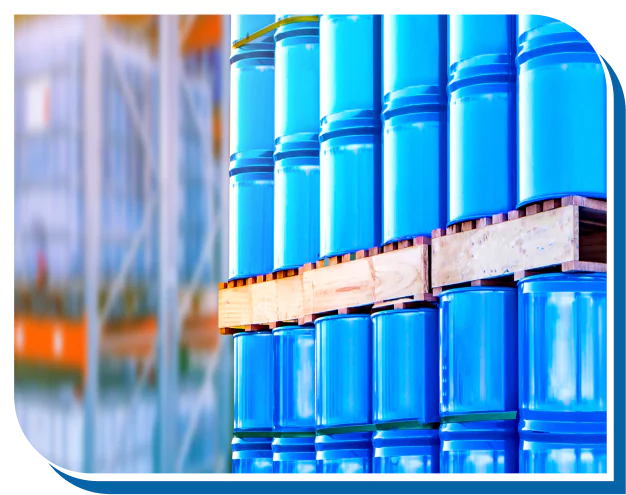
Geographic Regions
The global polyurea market is divided similarly to other major markets:
Currently, North America holds the majority of the global market share, with more than a third of the value of the polyurea market being in North America. This is followed by Asia Pacific, dominated by China, which is close behind and projected to overtake the North American market as the largest shareholder. China and other large and developing countries like India, Vietnam, and Indonesia are expected to see large portions of their populations enjoy increased standards of living, supported by more buildings, infrastructure, and commercial investment that require polyurea coatings. Asia Pacific is then followed by Europe, which remains a large, healthy market for the paints and coatings industry, along with the small but developing Middle Eastern, African, and South American markets.
End-User (Applications) Segments
End-users of polyurea products and services are divided into several key categories:
- Building, housing, and general construction: New construction and aging infrastructure are driving continued and increasing demand for polyurea coatings.
- Transportation: Polyurea coatings are used extensively in the automotive industry, and continue to find new applications such as bedliner paints.
- Marine (boats, ships, ocean liners): From pool decks and ports to the steel hulls of ocean liners, polyurea’s high moisture resistance and easy application in wet environments see it heavily used for marine applications
- Infrastructure: Aging infrastructure and the demand for new and improved roads, bridges, railways, and countless other public infrastructure are a major contributor to polyurea’s growing market value.
explaining polyurea'S
growing demand
Polyurea’s continued projected growth can be explained by myriad factors, which can be summarized as follows:
NEW CONSTRUCTION AND AGING INFRASTRUCTURE
Small to medium sized cities are rapidly expanding worldwide, which require supporting infrastructure and new construction projects to accommodate these emerging population centers. Paired with aging global infrastructure that risks disrupting the global economy and hazarding local populations, building and construction are expected to fuel the polyurea market.
FACTORS INHIBITING POLYUREA DEMAND
The growing calls for sustainability have seen frequent changes made to rules and regulations, which often result in stricter guidelines that promote greener solutions. Consumers now prefer eco-friendly products and services, and unlike many other coating technologies, polyurea is made of 100% solids, and with no solvents or volatile organic chemicals (VOCs). This means they’re safer and more sustainable than traditional coating materials like epoxy, making them on-trend with broader market incentives.
TECHNOLOGICAL DEVELOPMENTS
New and developing technologies have taken polyurea out of the laboratory and into homes, businesses, and industrial sites. While the cost of raw materials remain high, more efficient equipment and polyurea’s capacity as a high quality, rapidly curing protective coating keep polyurea systems cost-effective in the long run, and may in fact be the only option for some projects. Technological developments have also made polyurea more sustainable, and easier to apply with increasingly higher qualities.
POPULATION TRENDS
Growing global populations are also contributing to polyurea’s increasing demand. Namely, growing populations in tier 2 and tier 3 cities, or those with between 1 and 5 million people and less than 1 million people, respectively. These emerging population centers are focused in developing countries, where these growing populations reflect the millions of people who see increased standards of living every year.
faQ
FREQUENTLY ASKED QUESTIONS
Polyurea coatings are best known for their toughness, being harder and more resistant to most types of weathering and abrasion compared to alternative coating materials. They’re durable, chemically inert, and watertight barriers, with some of the most flexible physical properties of any protective solution.
Like any industry that relies on a complex supply chain for raw materials and specialized equipment, Covid-19 and other geopolitical events can hinder the global polyurea market. Better optimized supply chains constructed with effective redundancies can help reduce the negative impacts of supply chain disruption, which generally succeed in keeping costs and supplies consistent.
Coating technologies are being used more than ever before; as climates change, infrastructure ages, and global populations expand and develop, protective coatings are expected to play an increasingly important role. As one of the more versatile and high-performing coating technologies on the market, the demand for polyurea is expected to steadily increase with the broader demand for protective coatings.
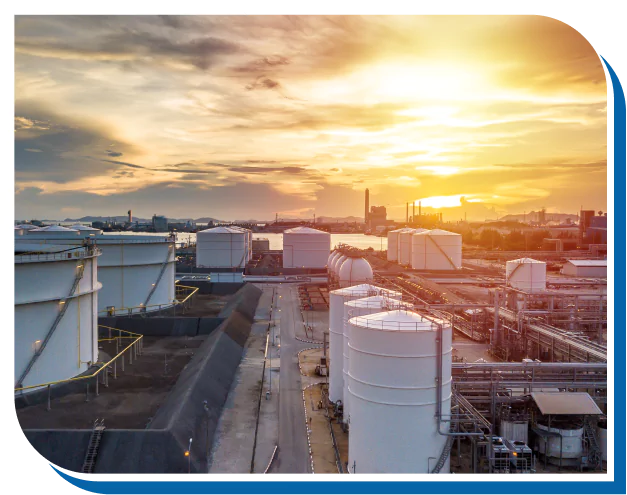
THE FUTURE OF THE
GLOBAL POLYUREA MARKET
Polyurea remains one of the toughest, most versatile protective coatings available globally. The demand for new construction and need of repair for aging infrastructure, evolving regulatory requirements, emerging technological developments, and growing developing populations are together expected to drive continued growth of the global polyurea market. If you’re looking for a partner in the protective coatings industry with an expertise in everything polyurea, consider partnering with ArmorThane. Our 24/7 customer service and technical support staff are always only one call away for anything you need. Discover how ArmorThane can support your next coatings project, or how we can help you start your own coatings business! Contact us today!

